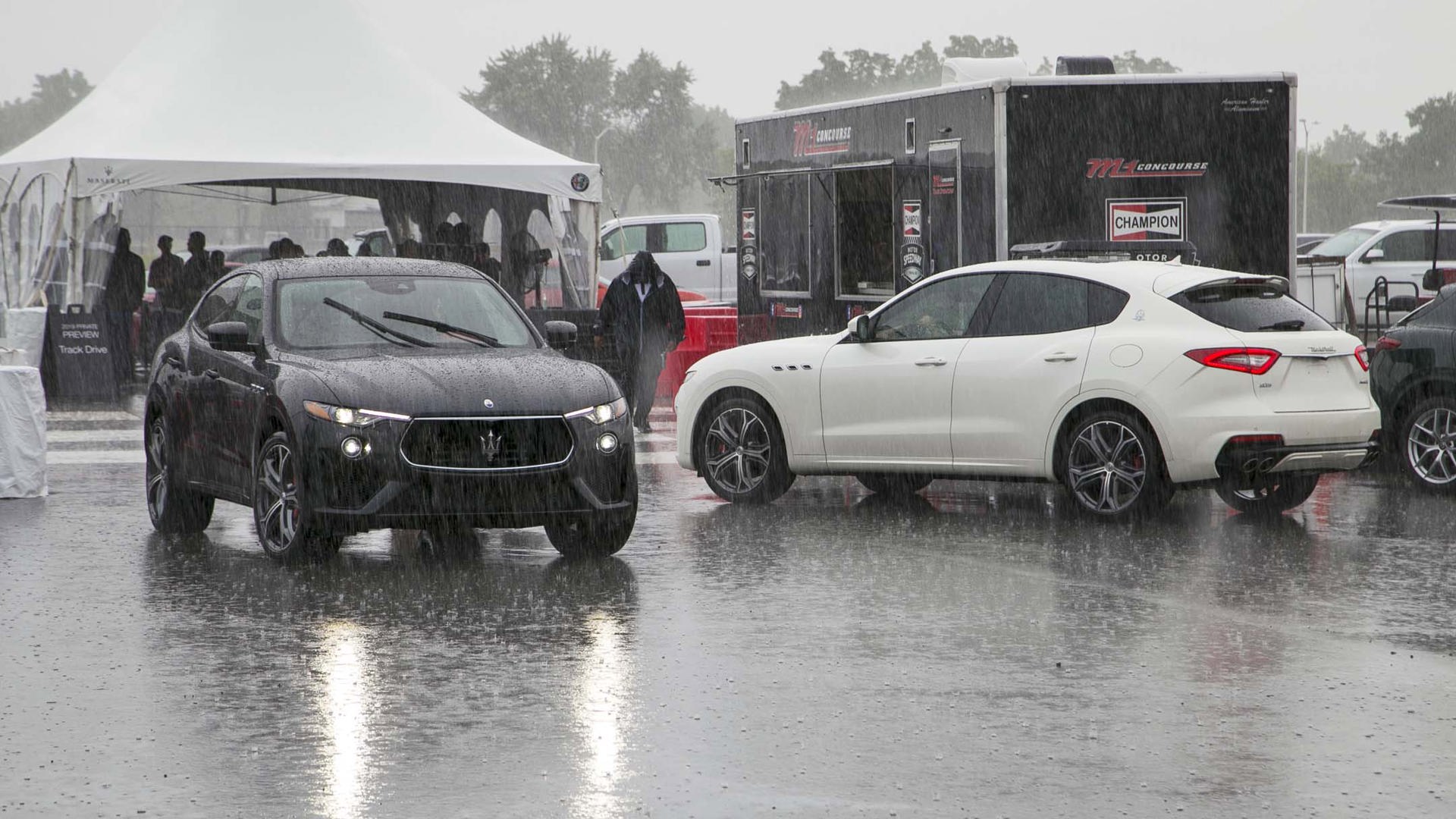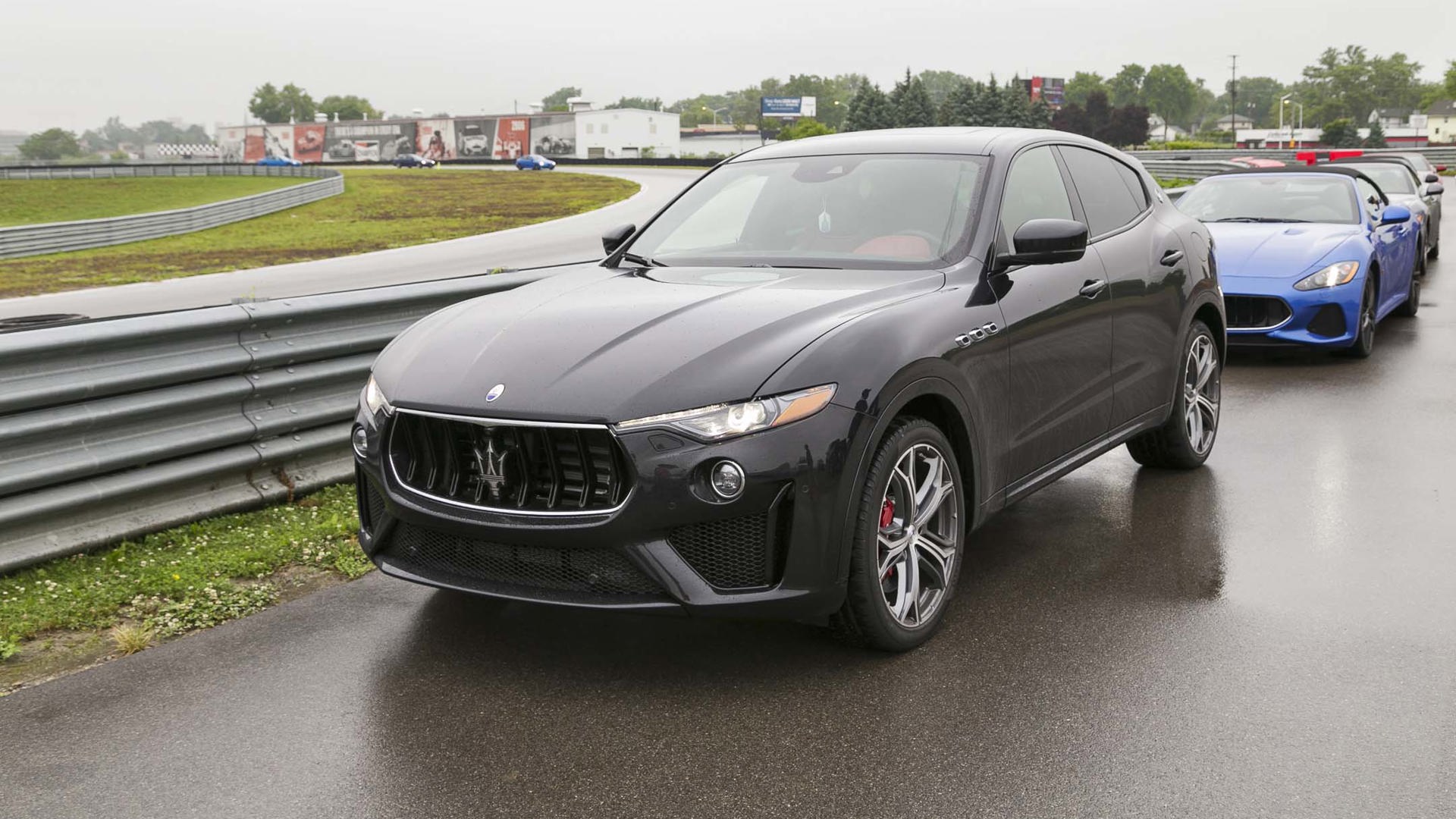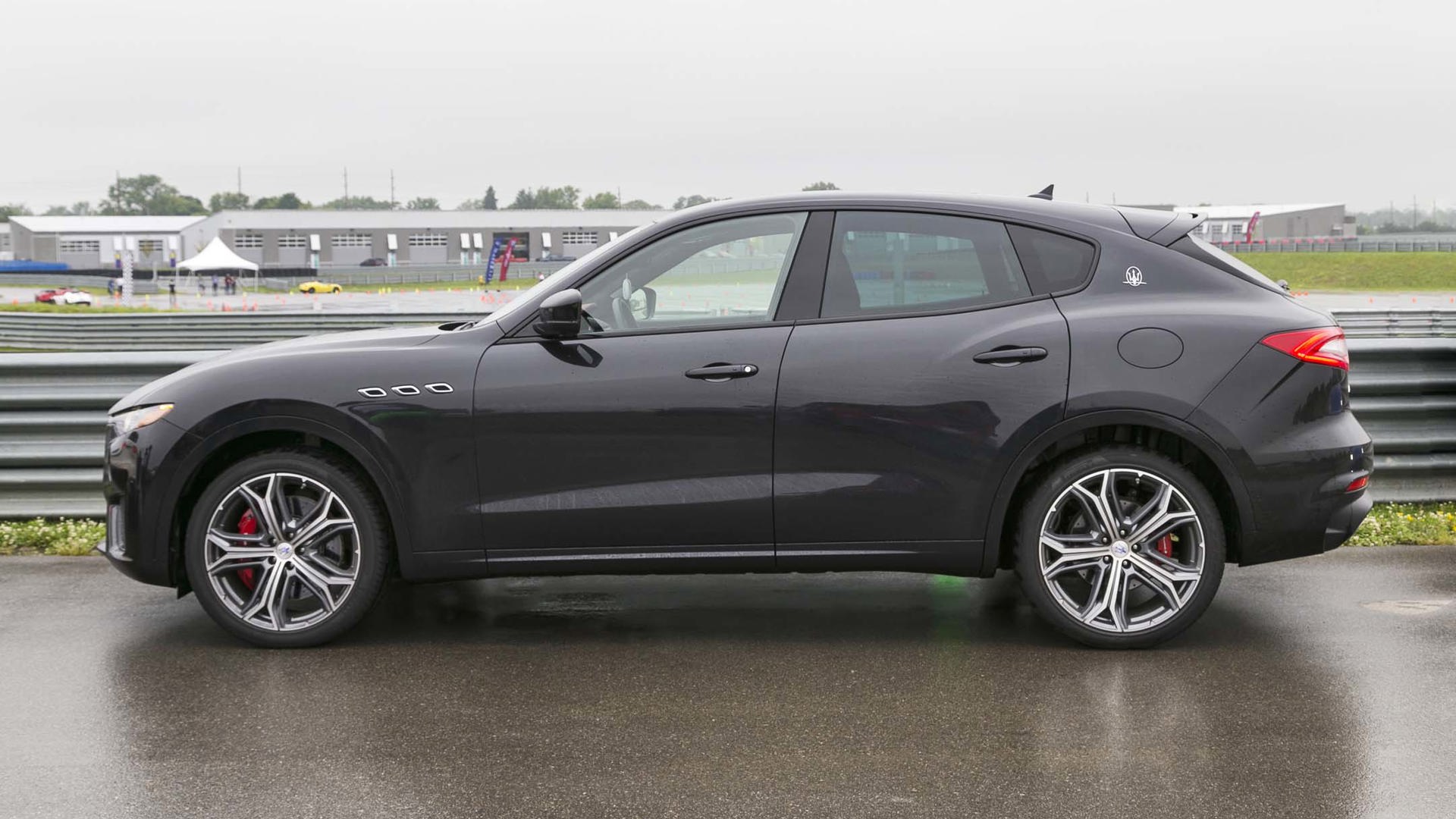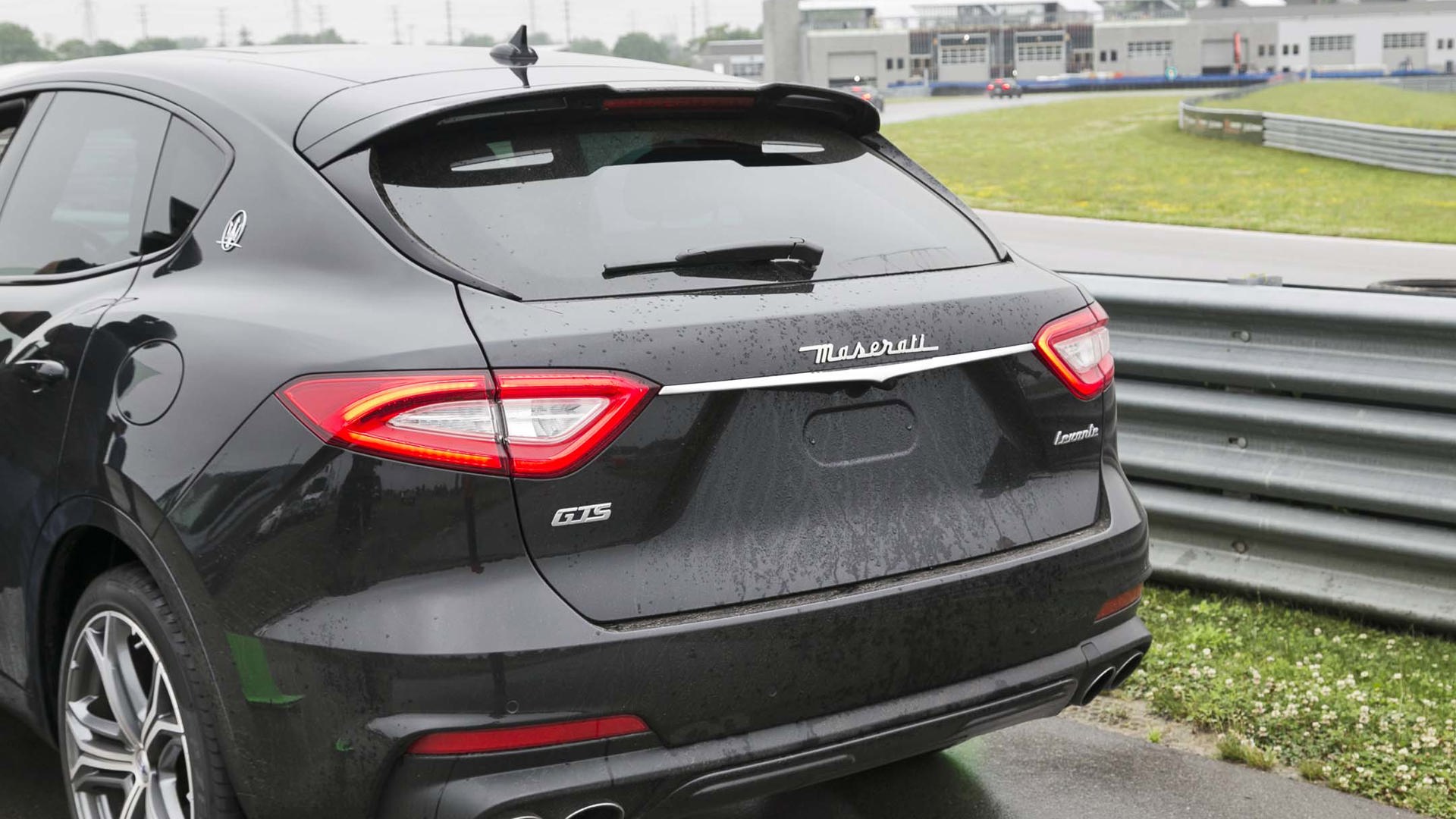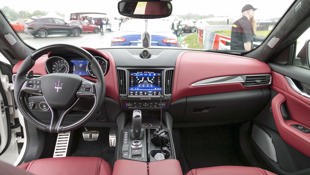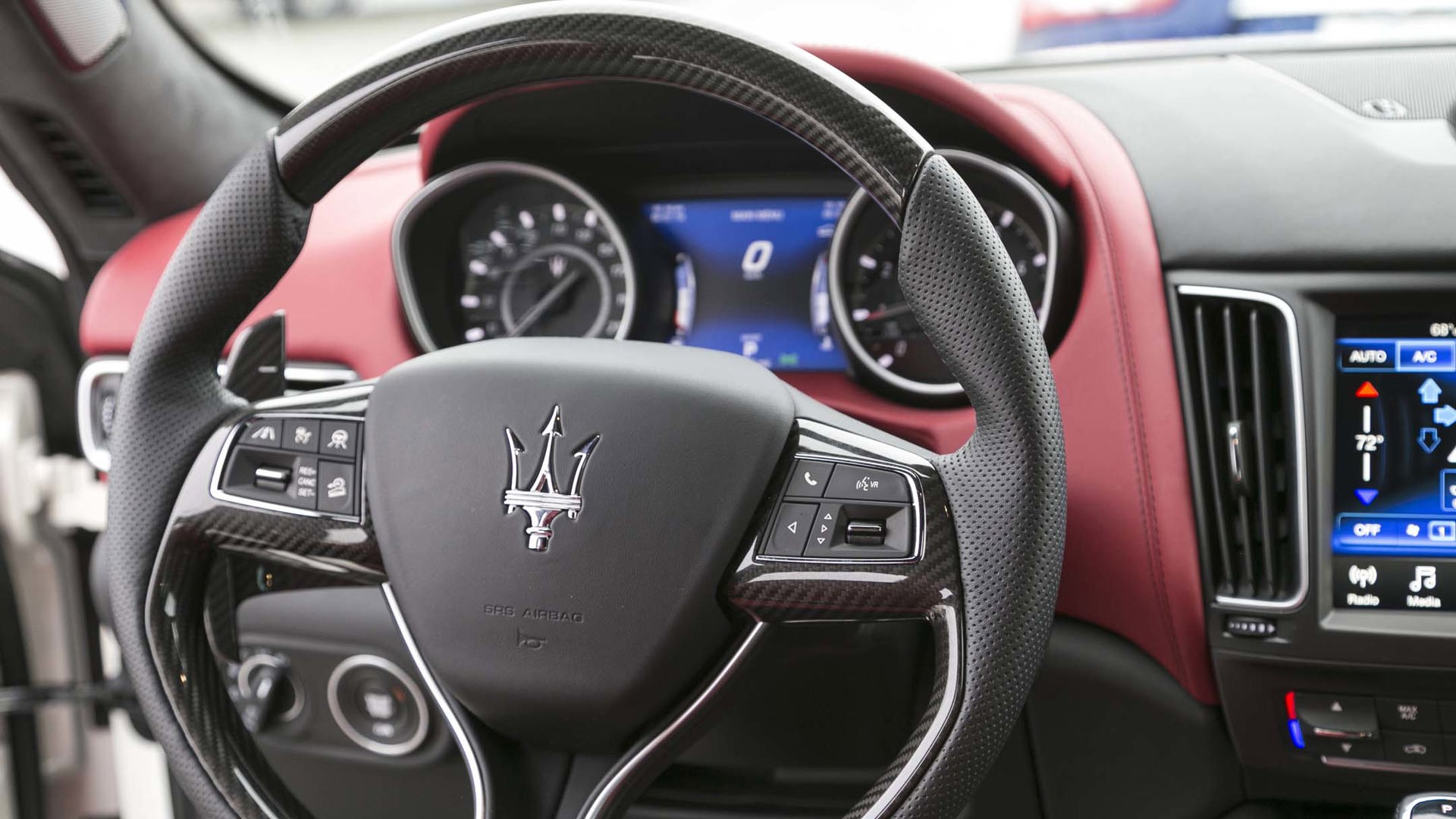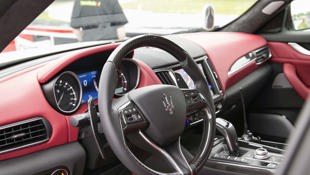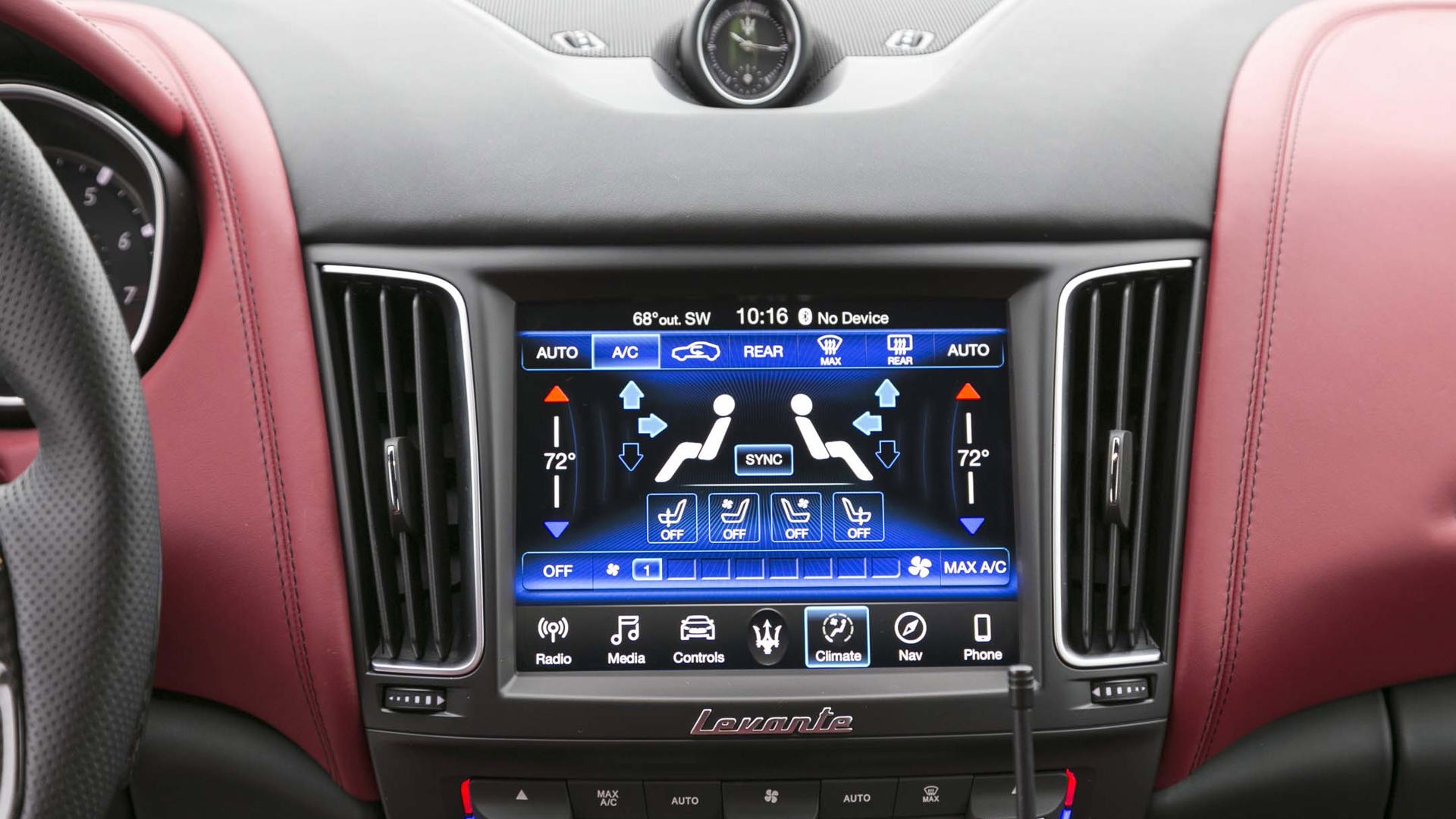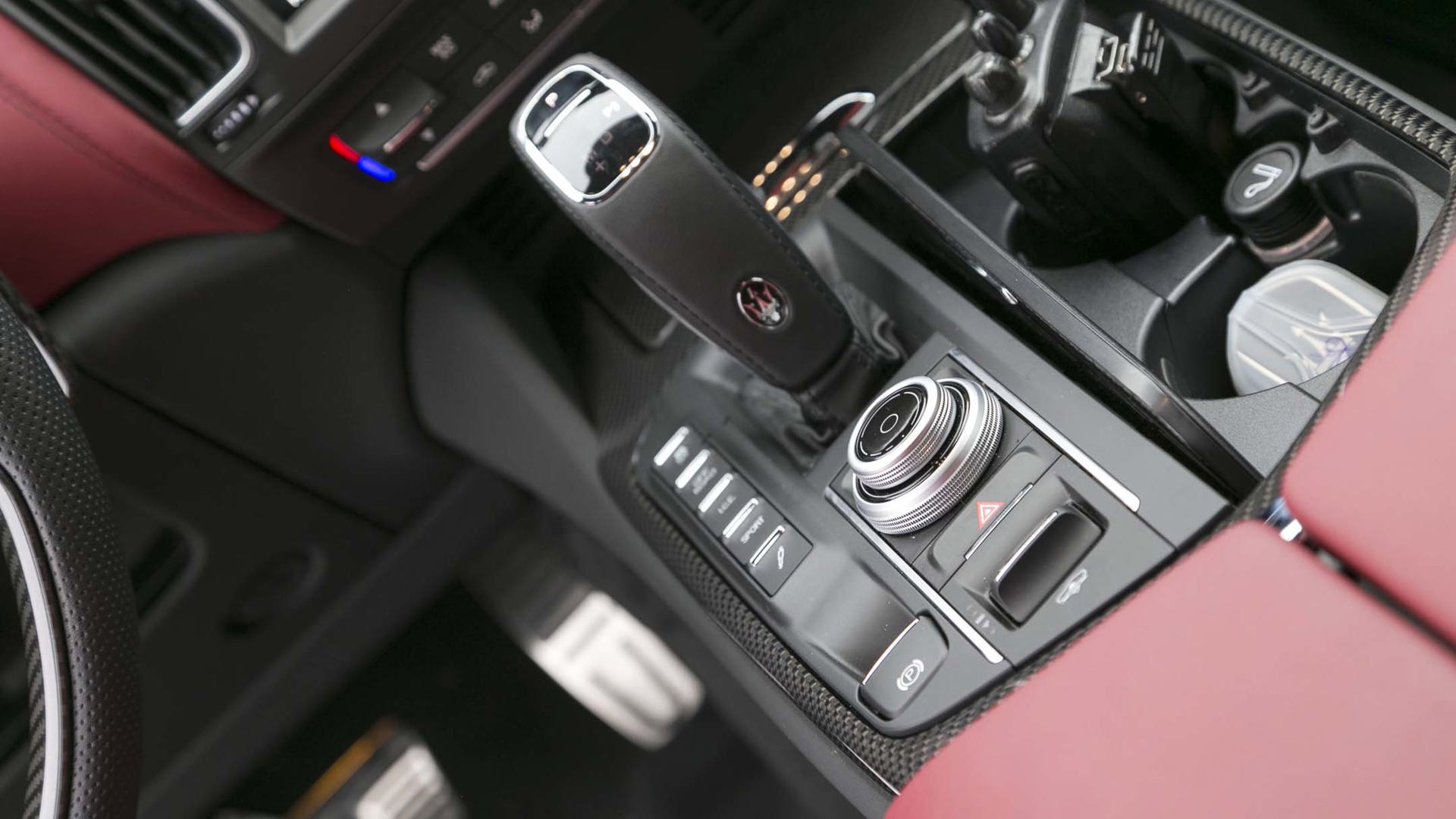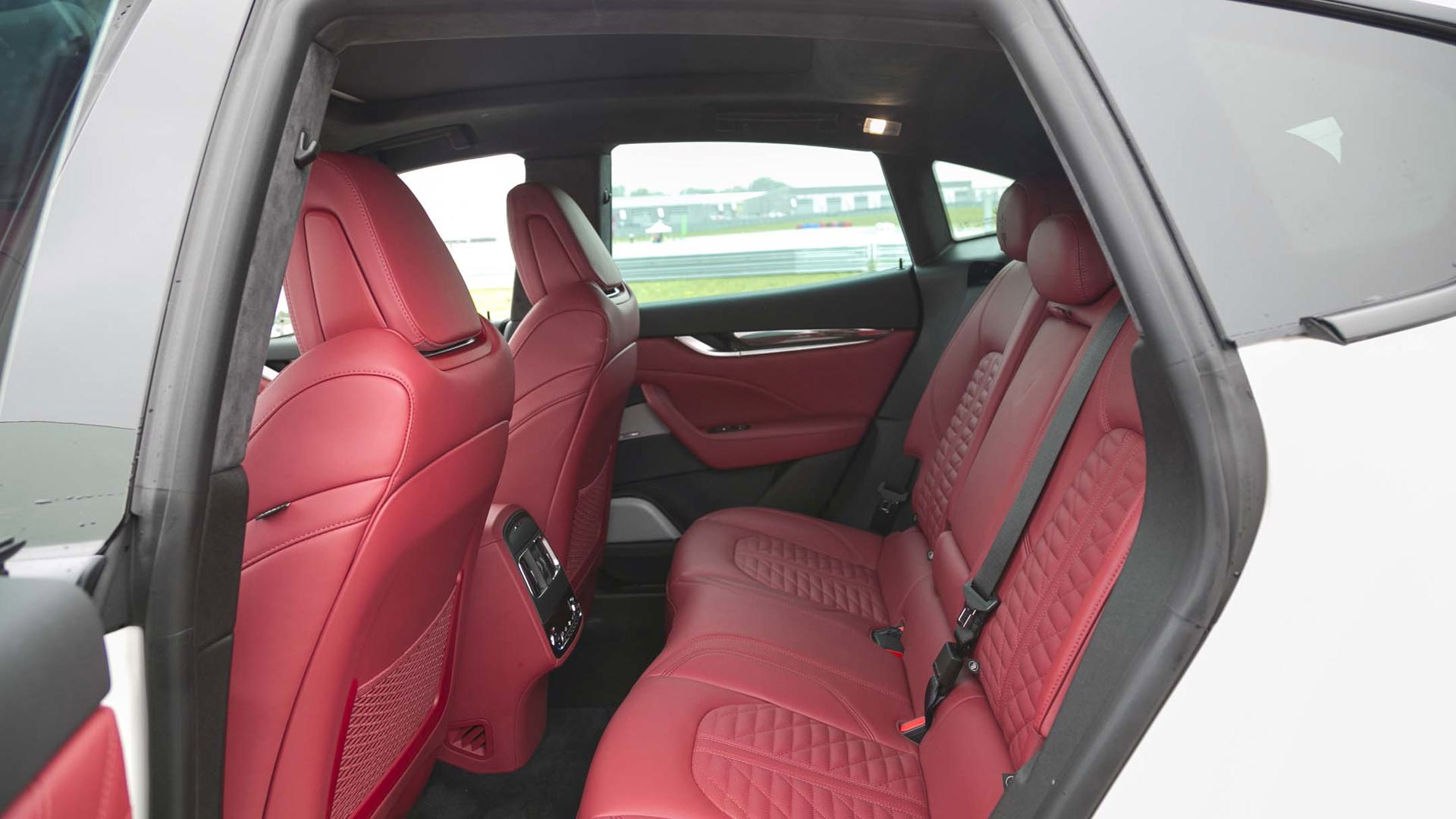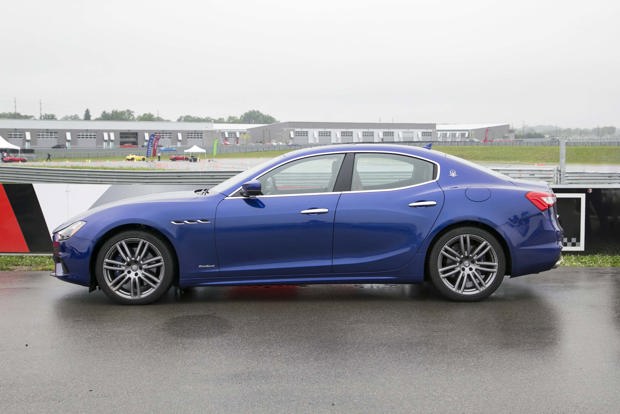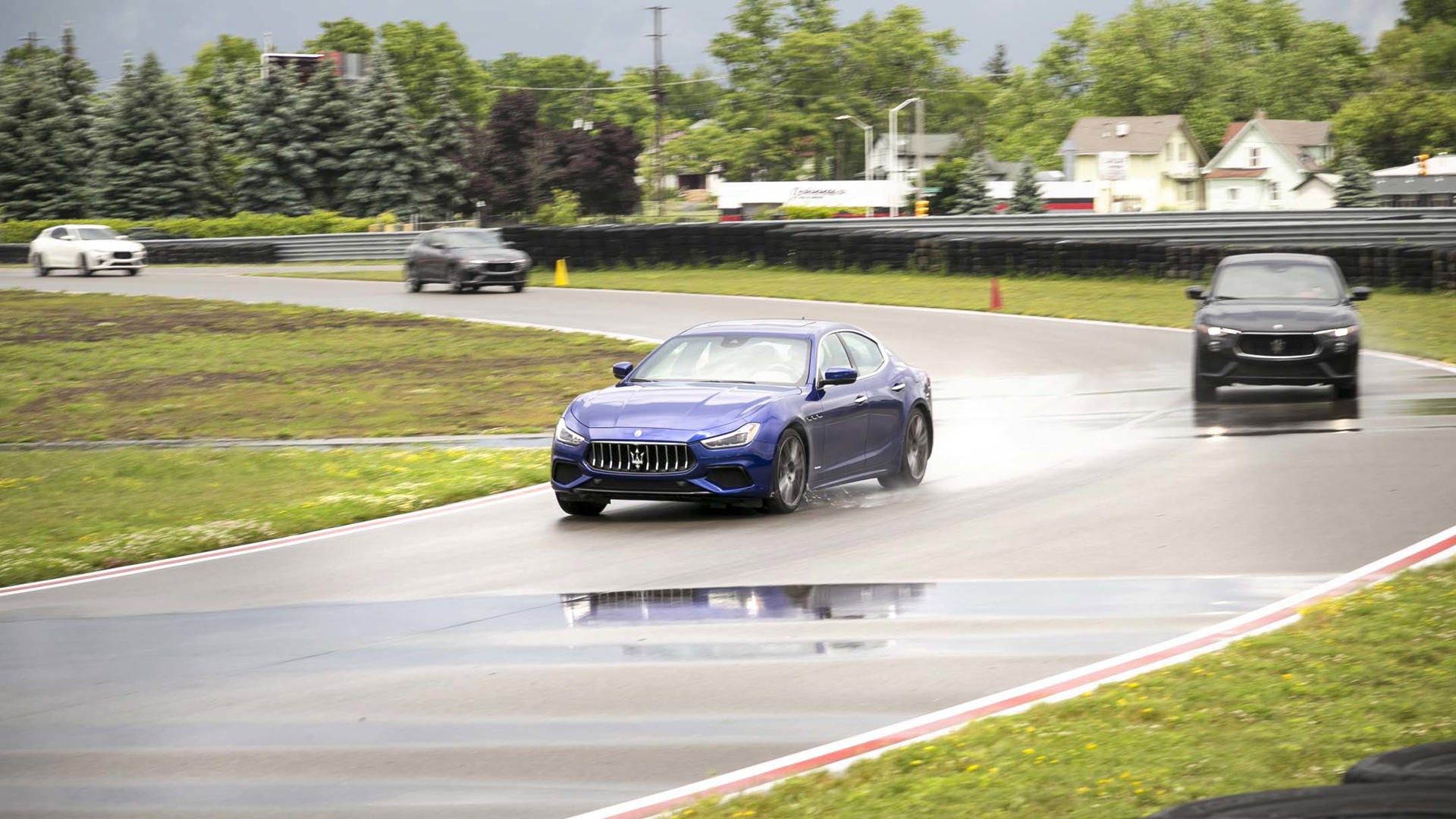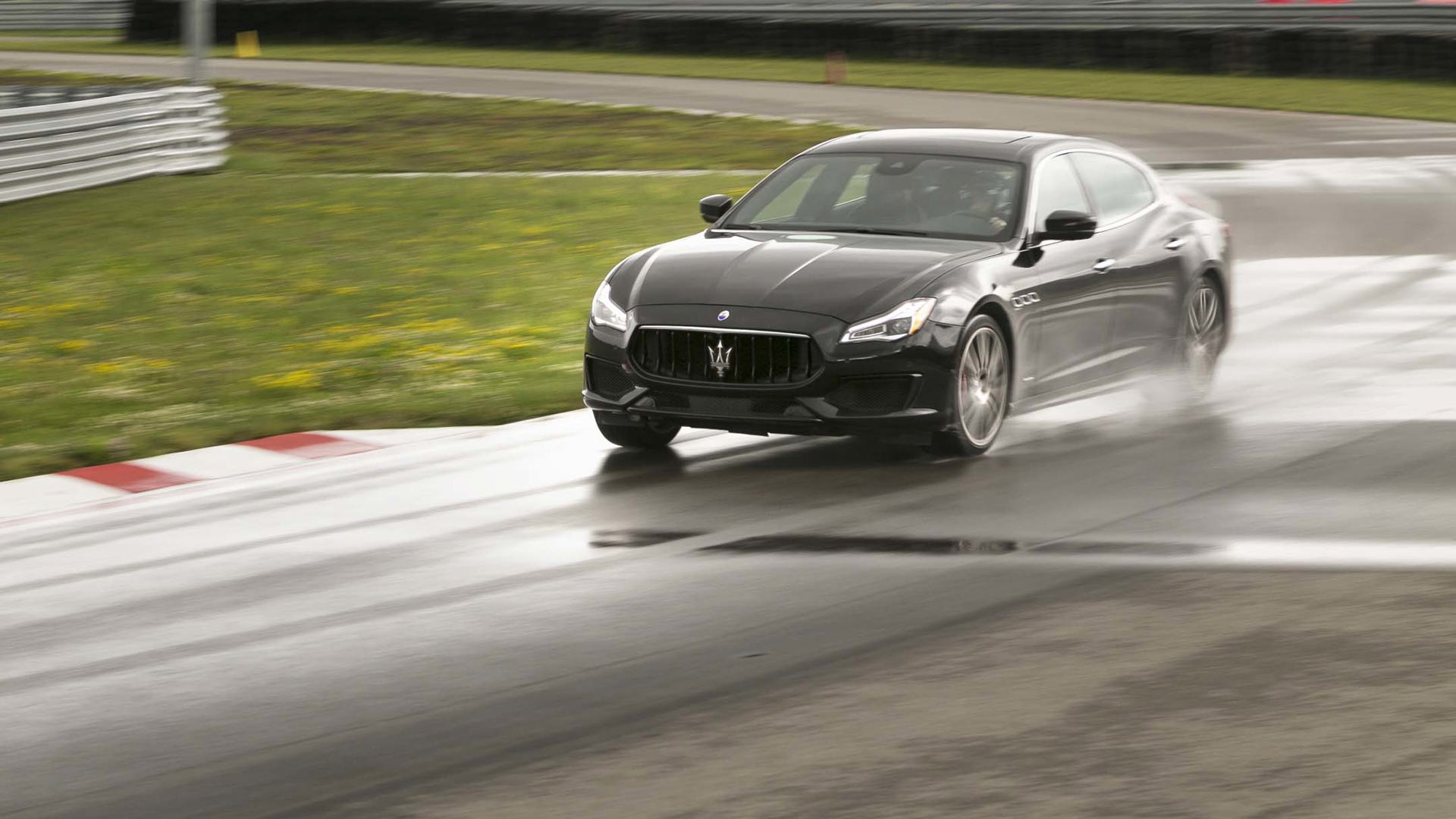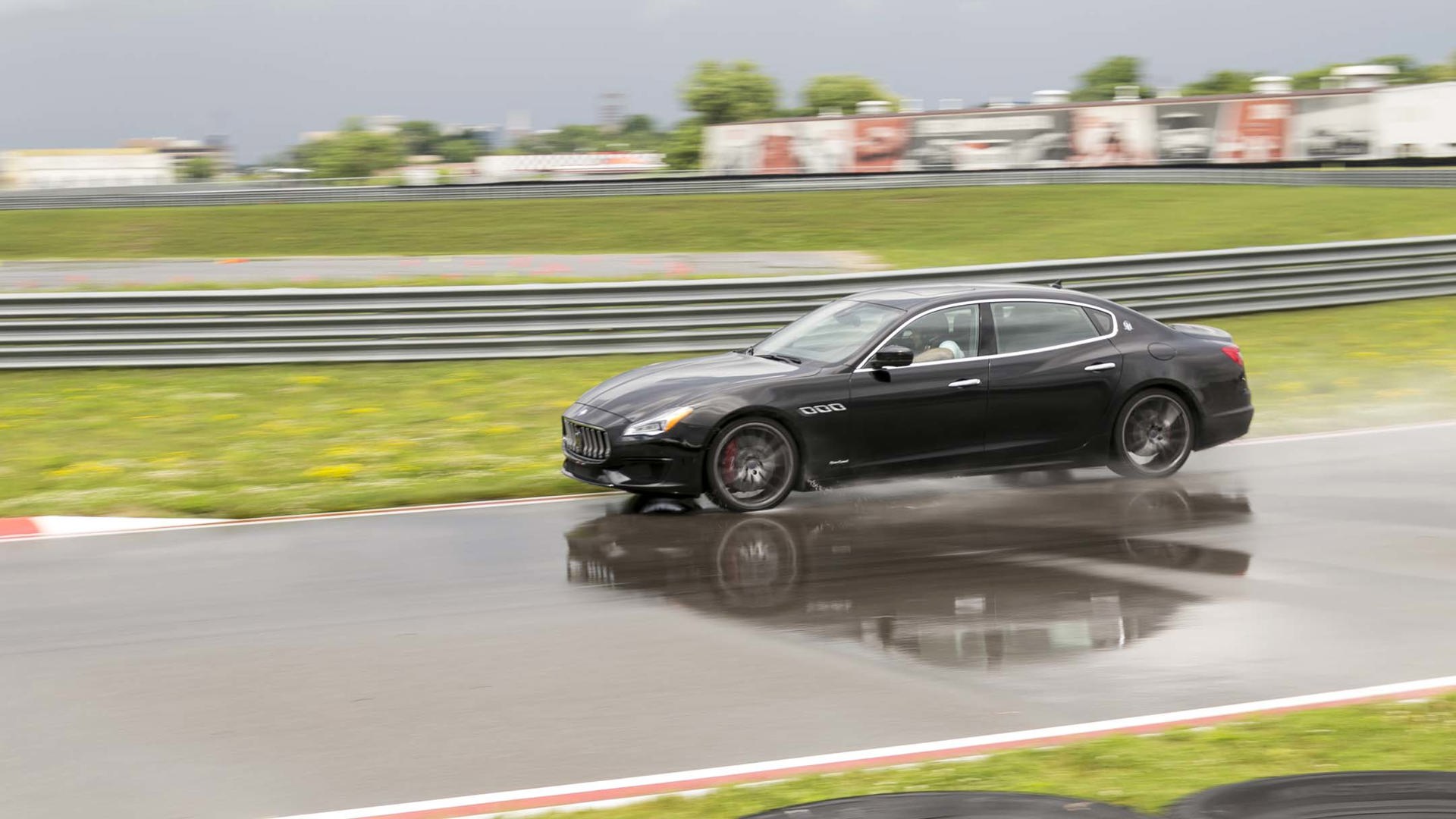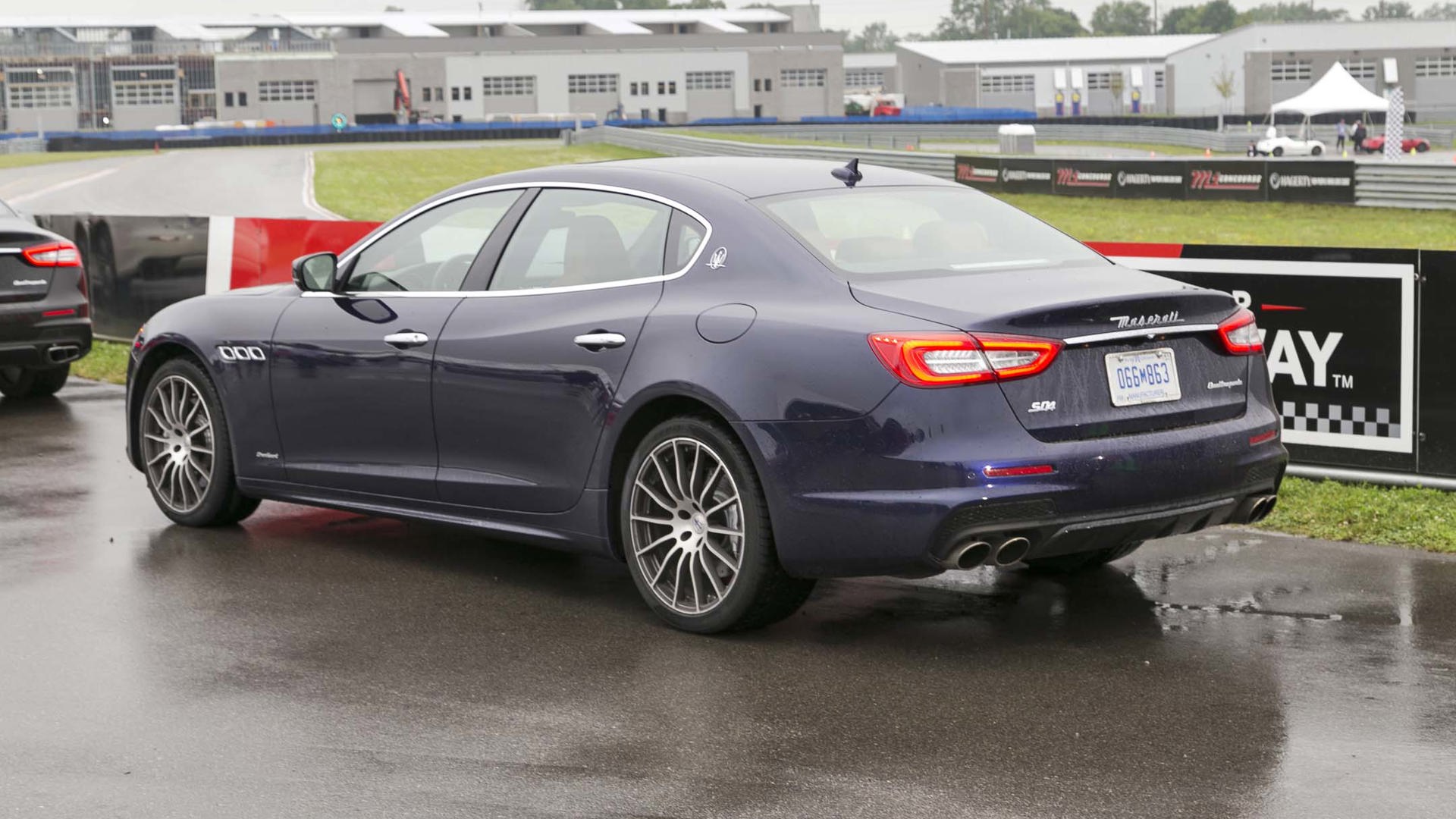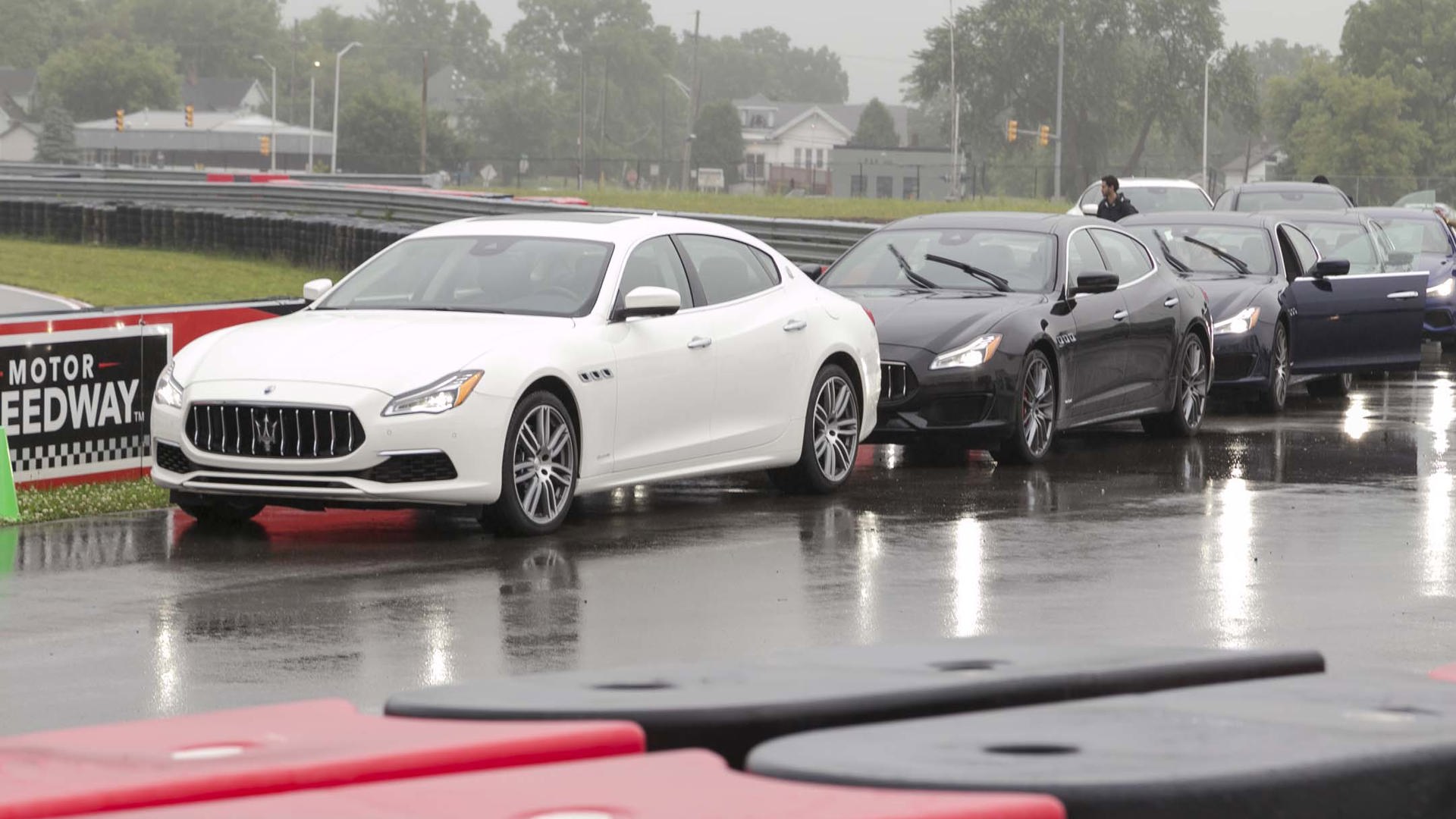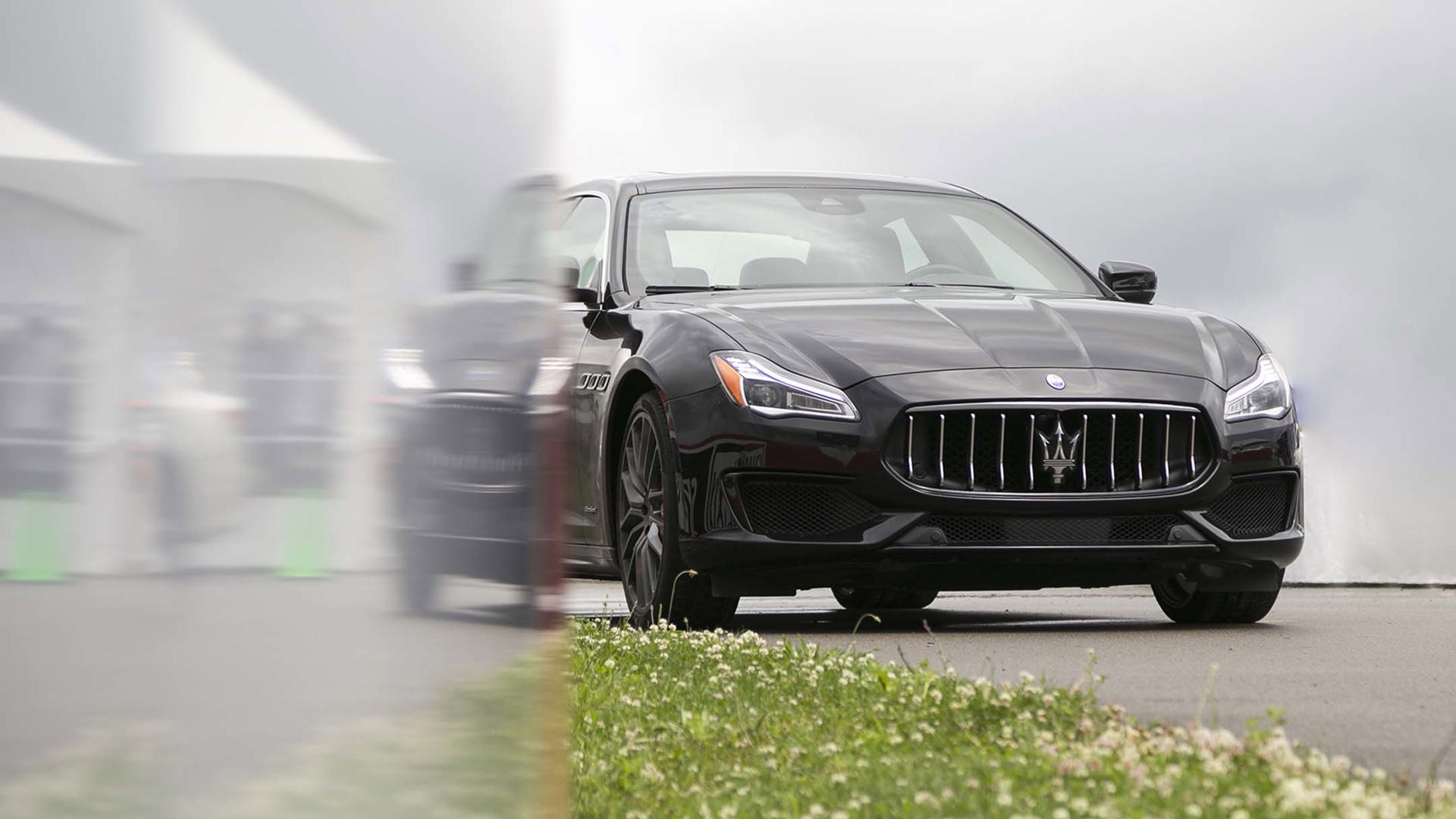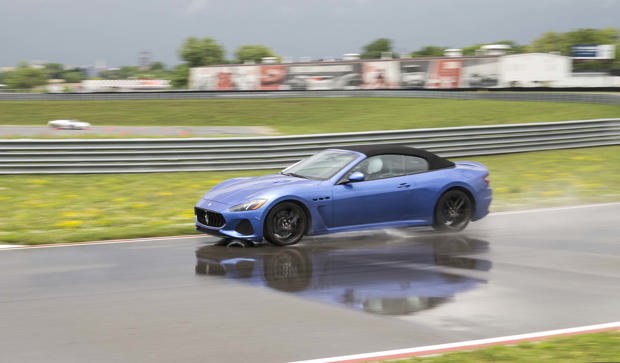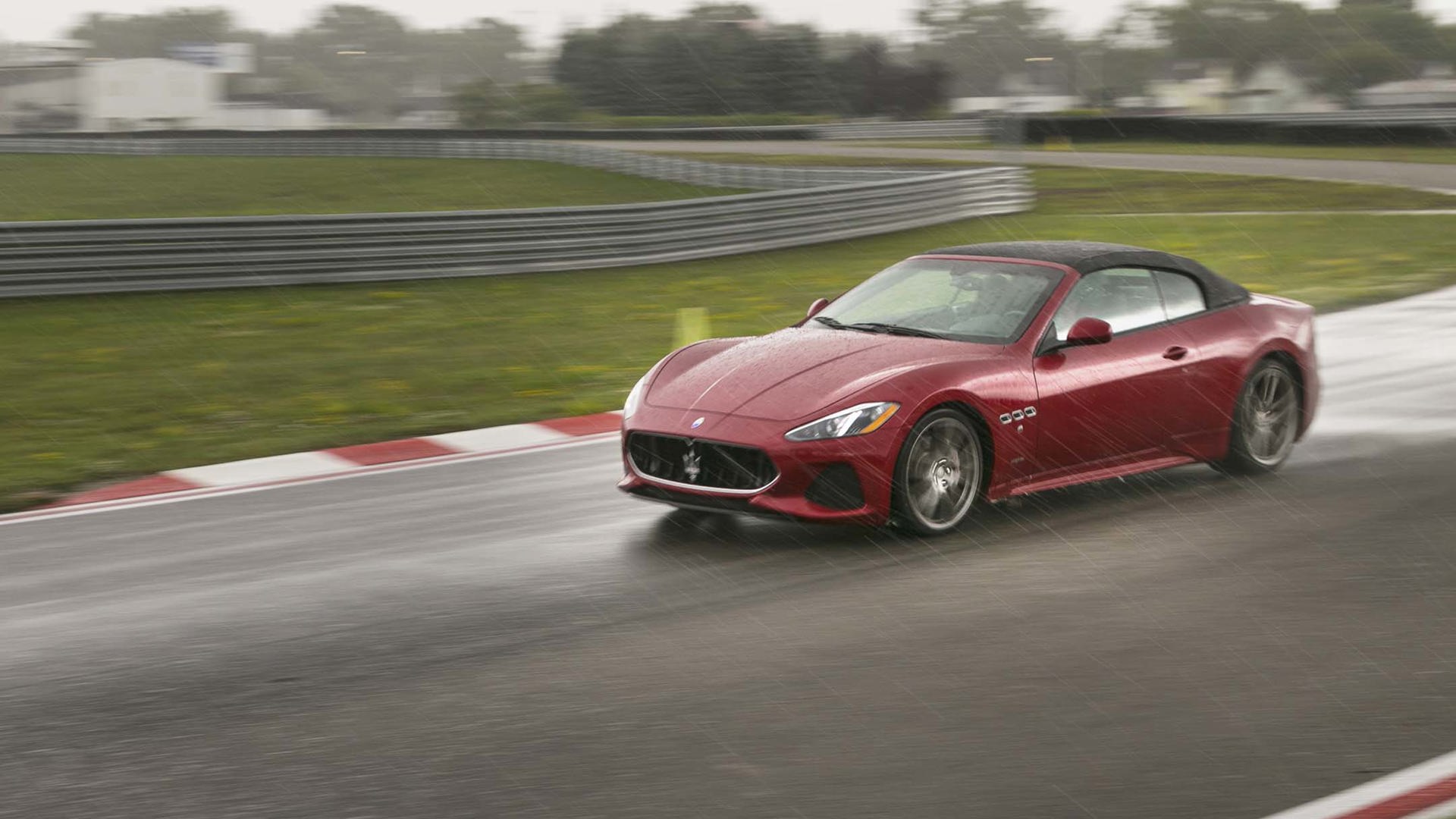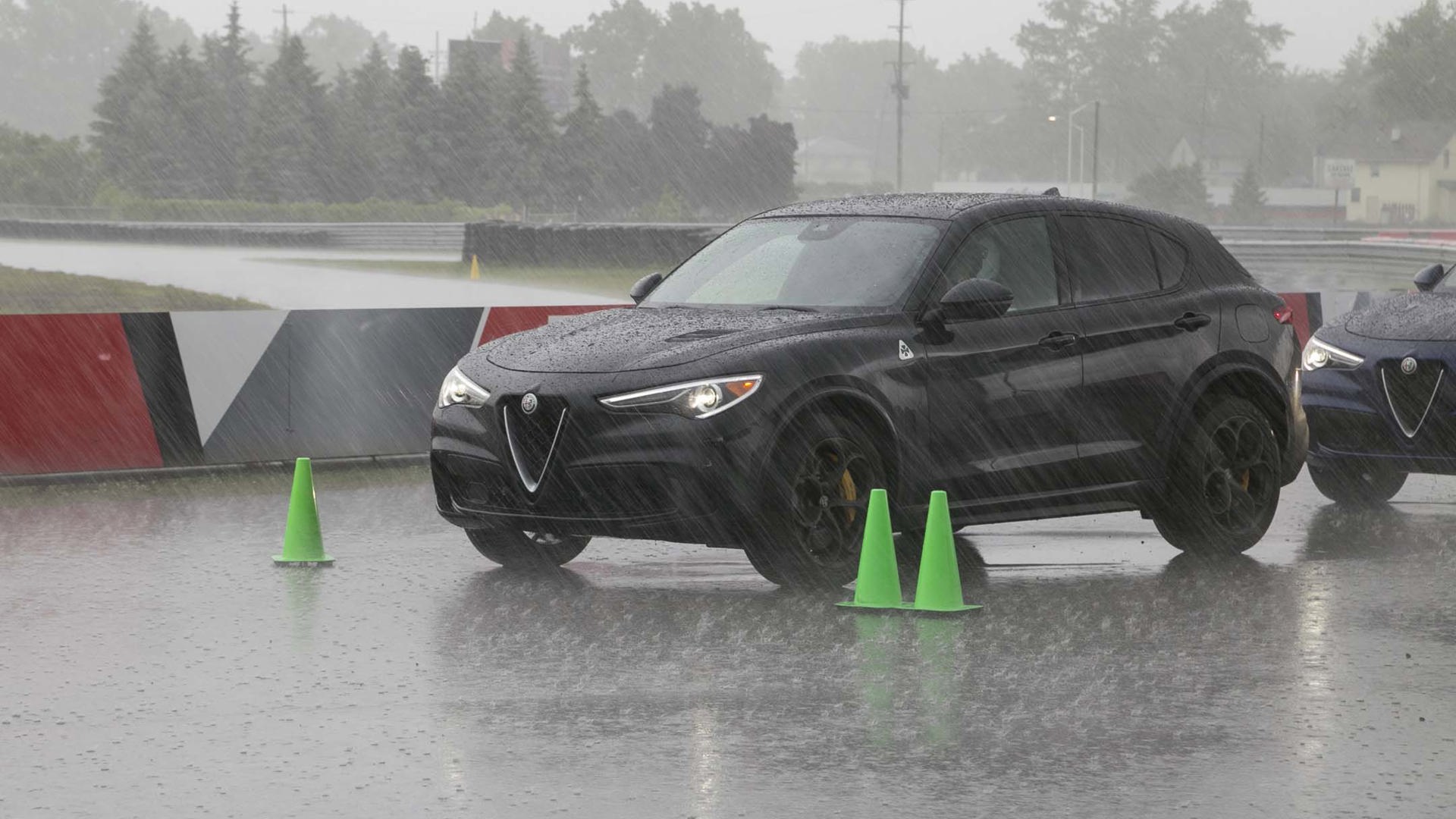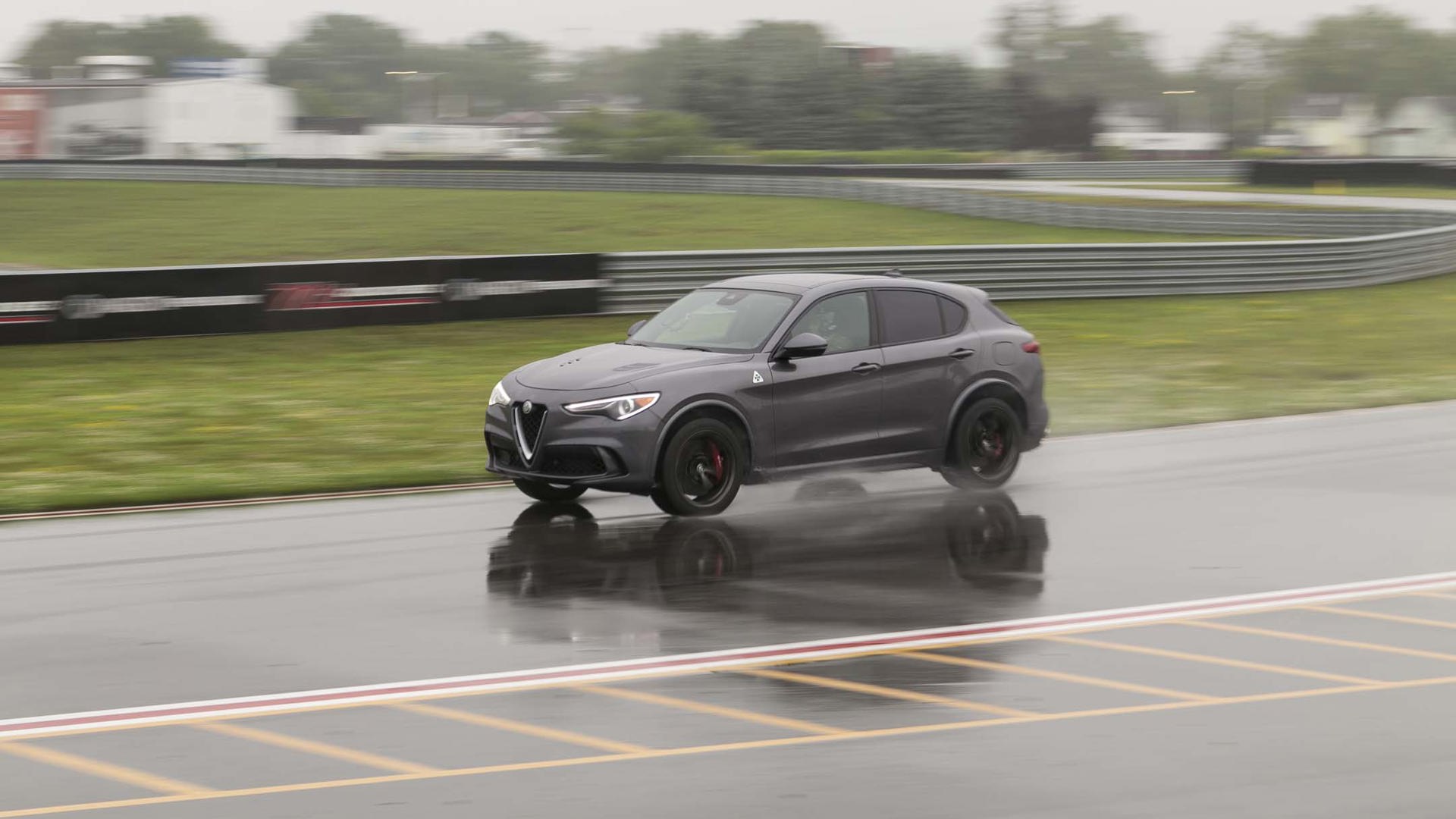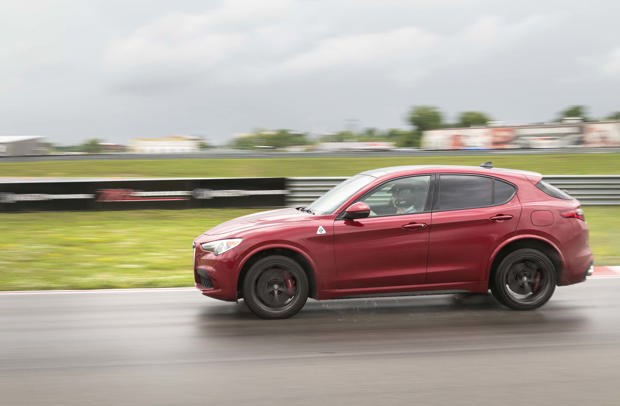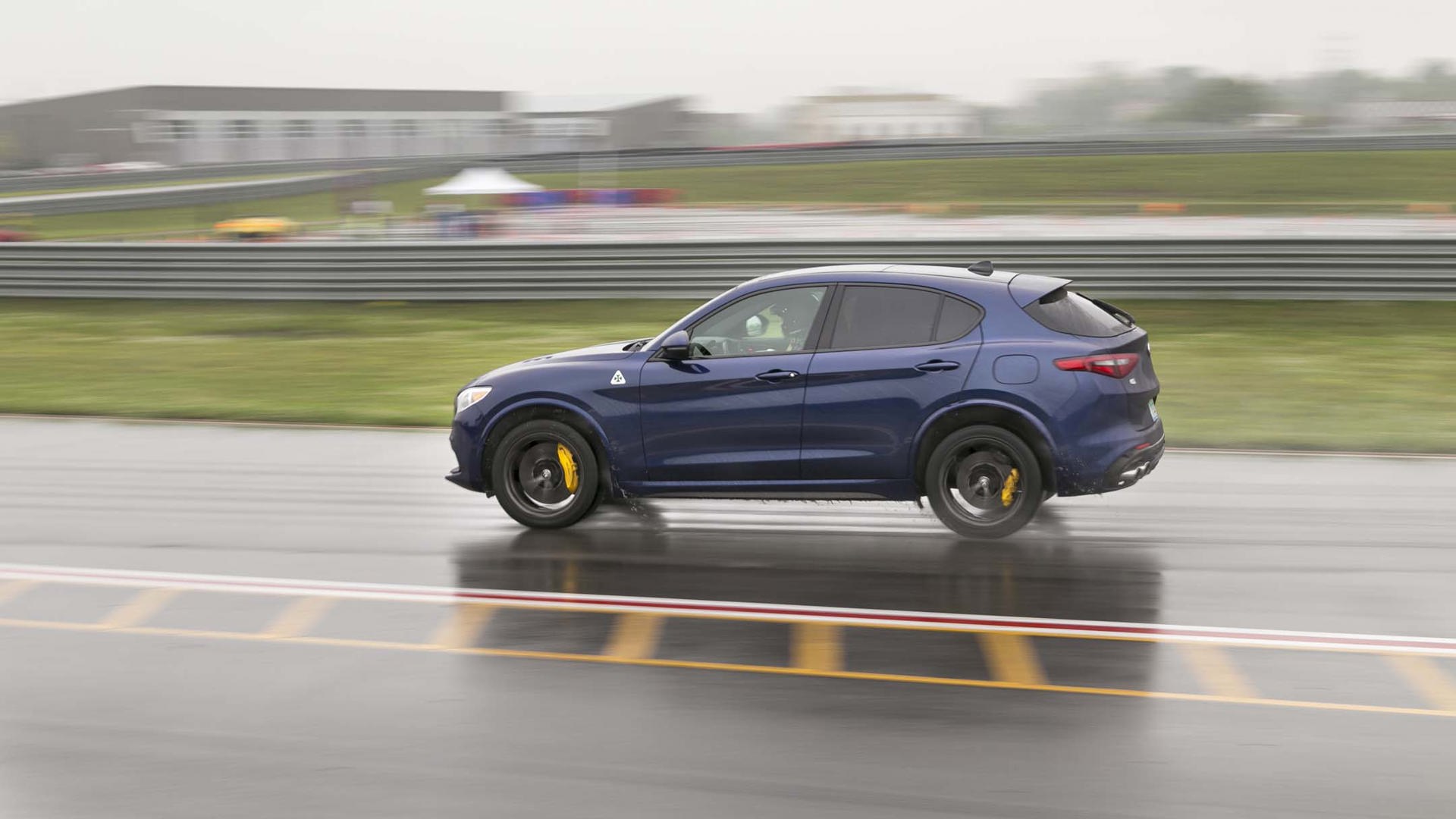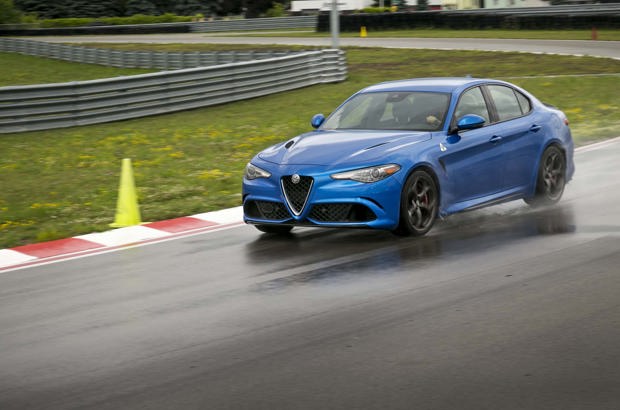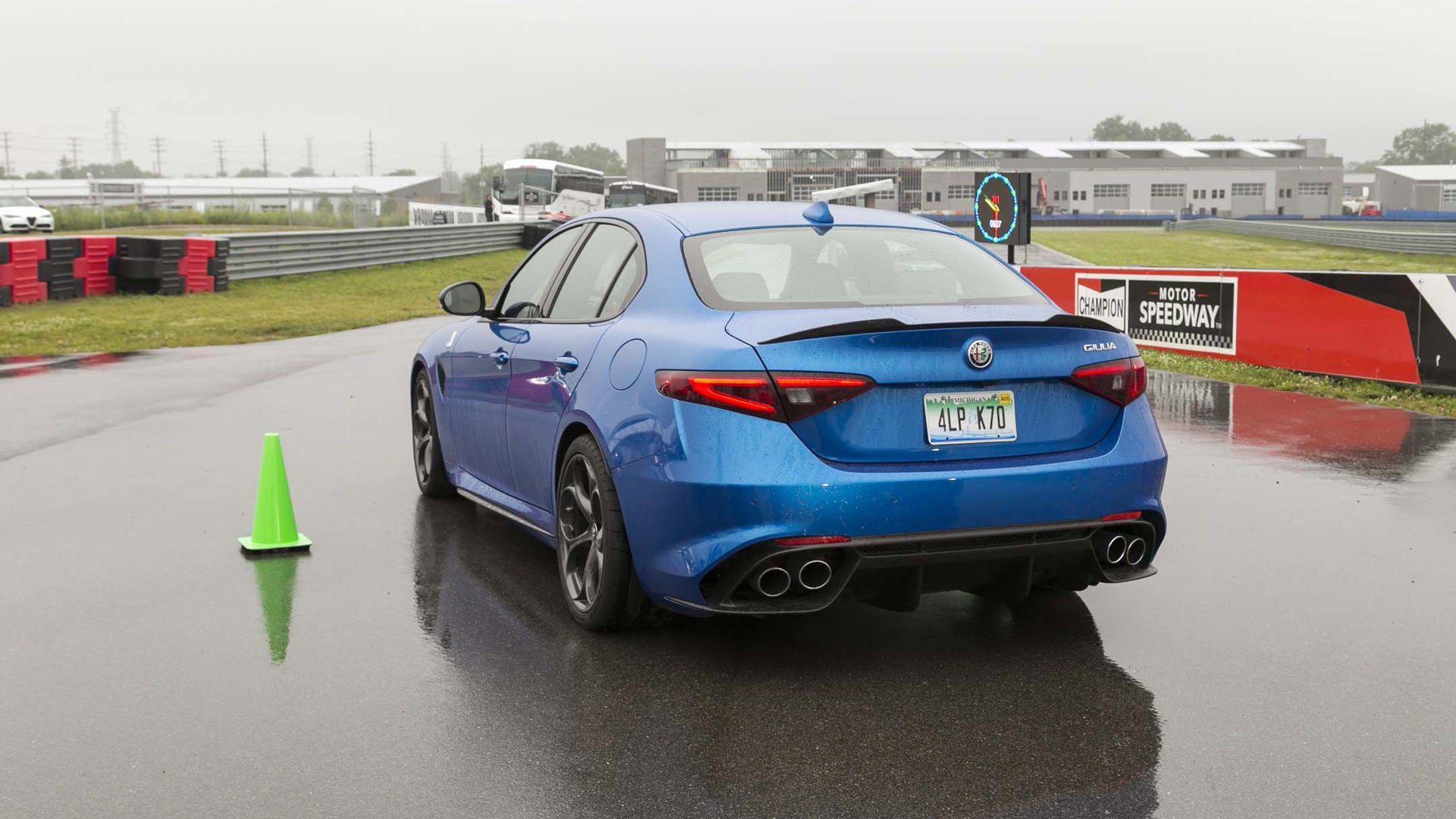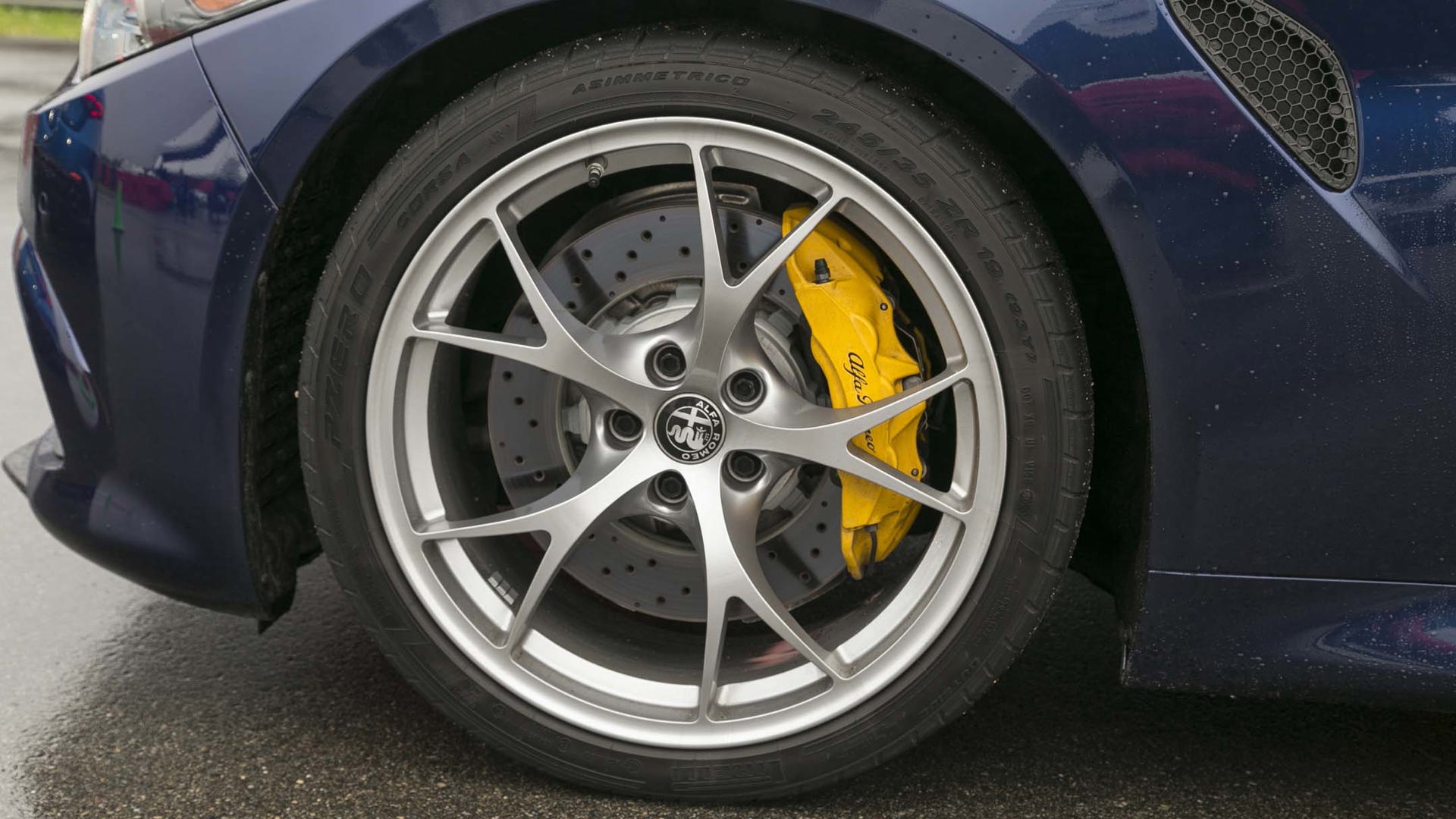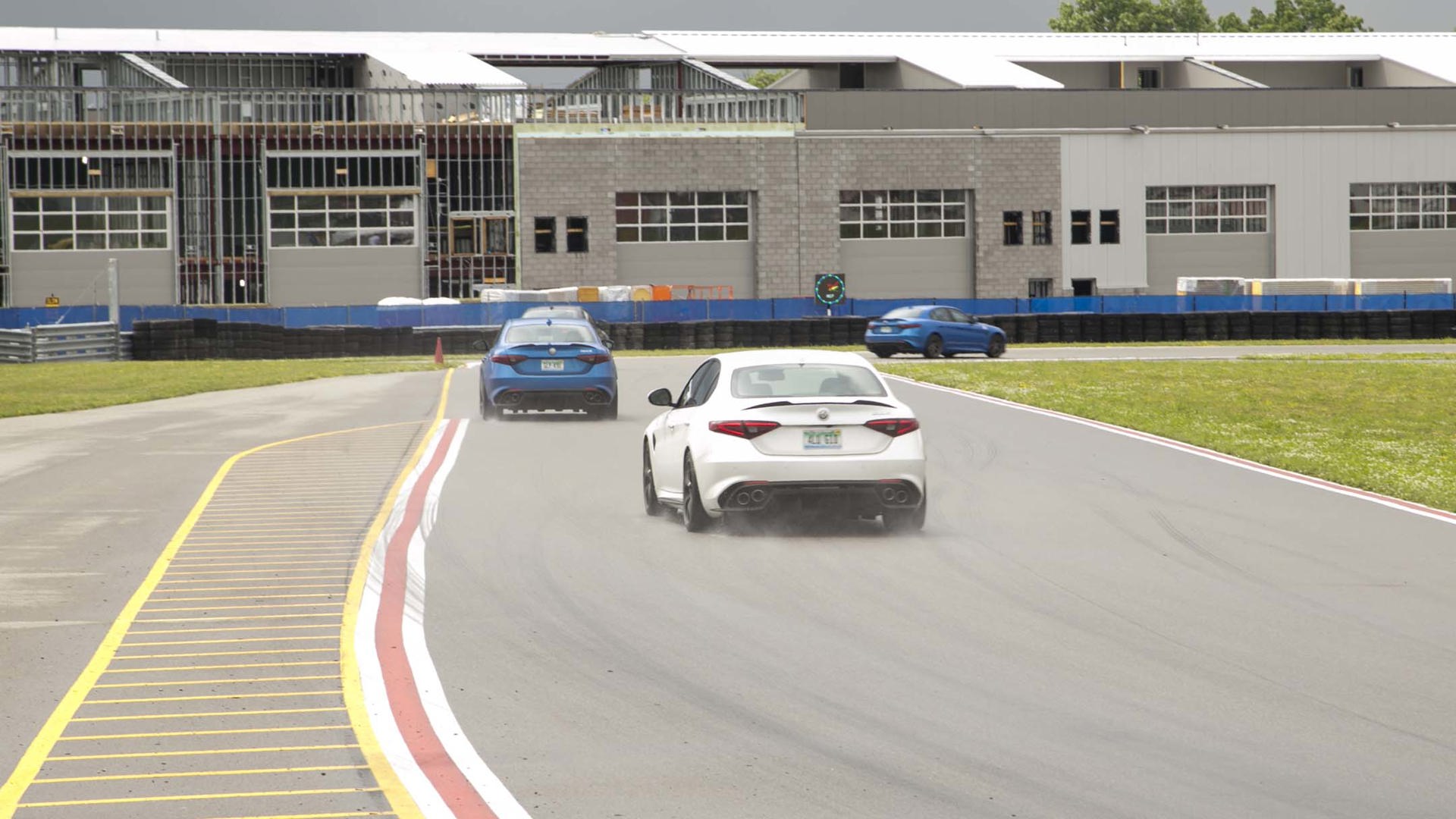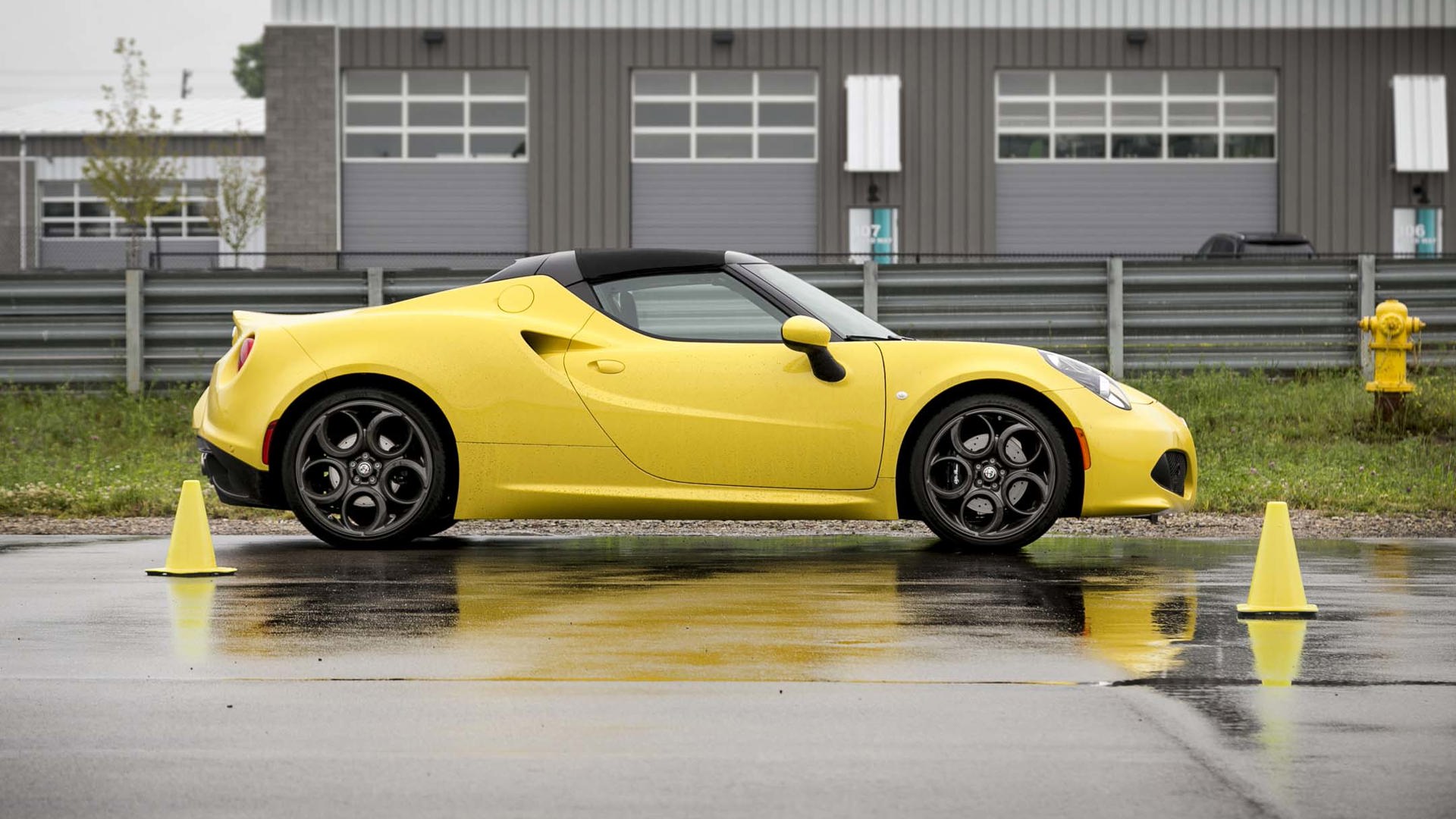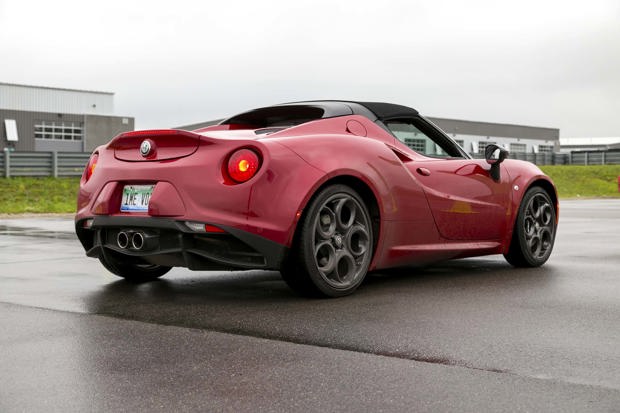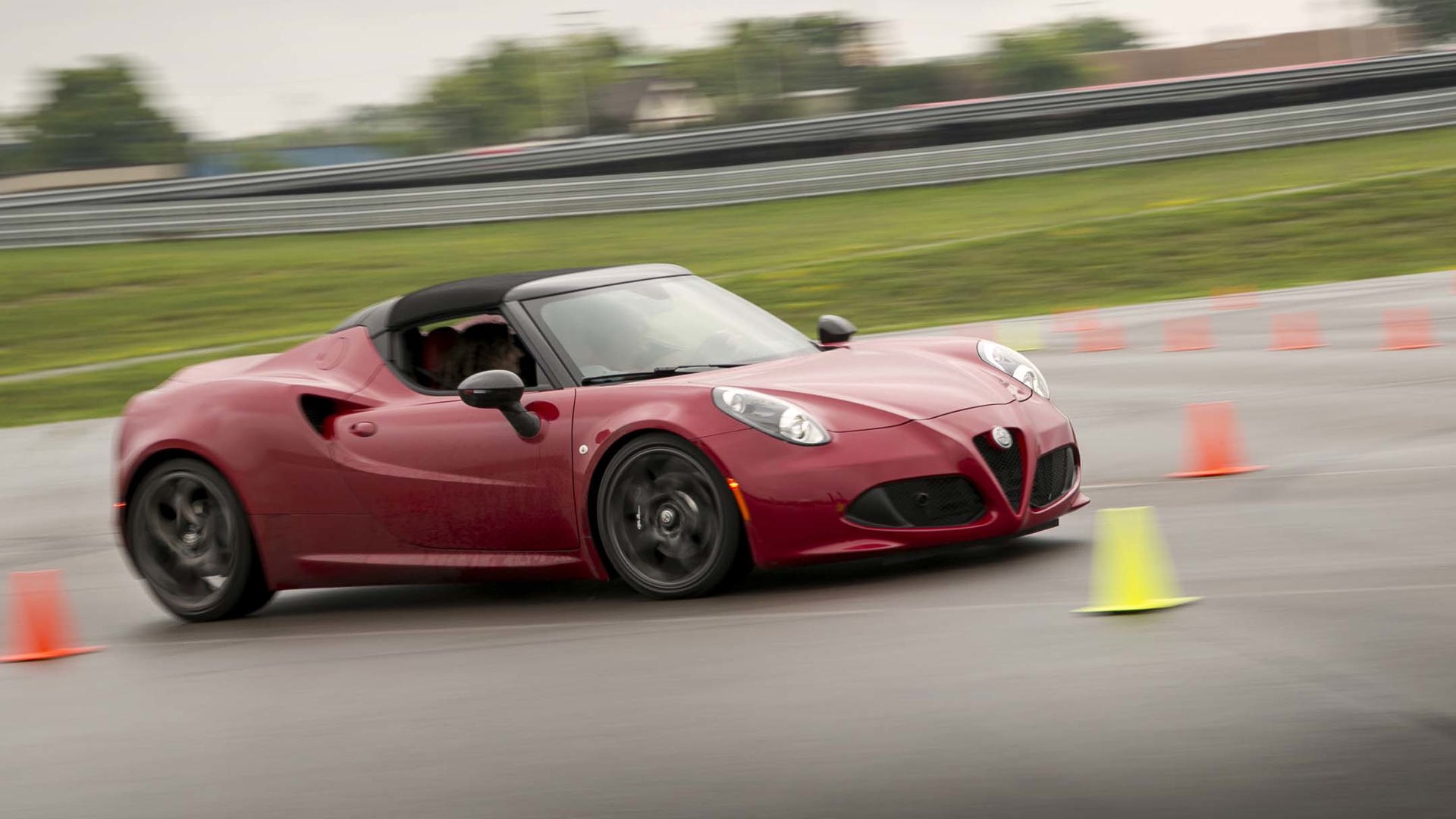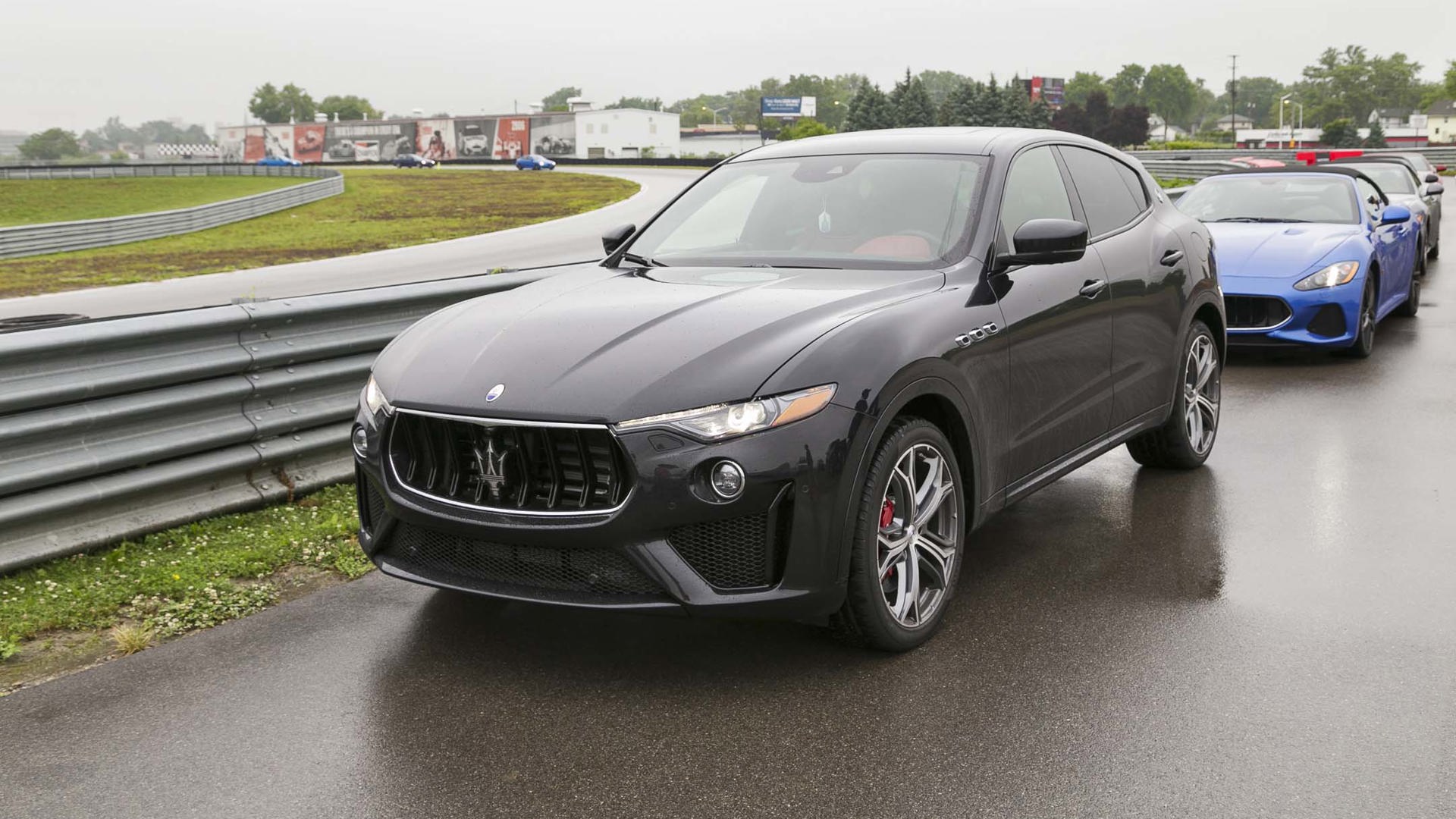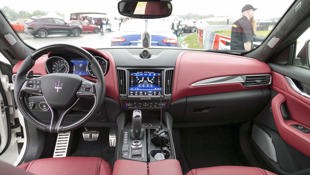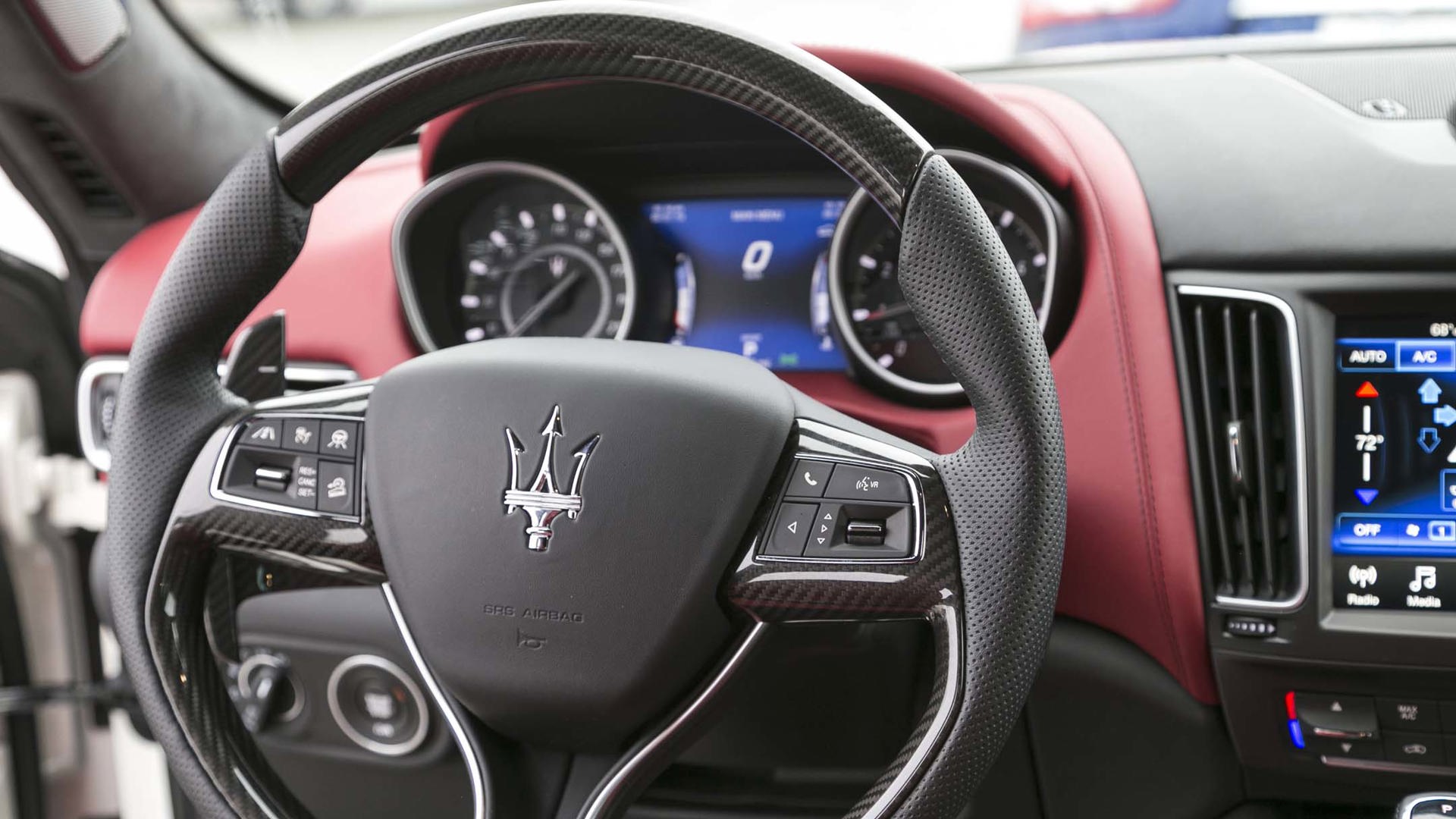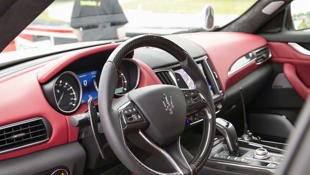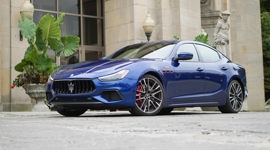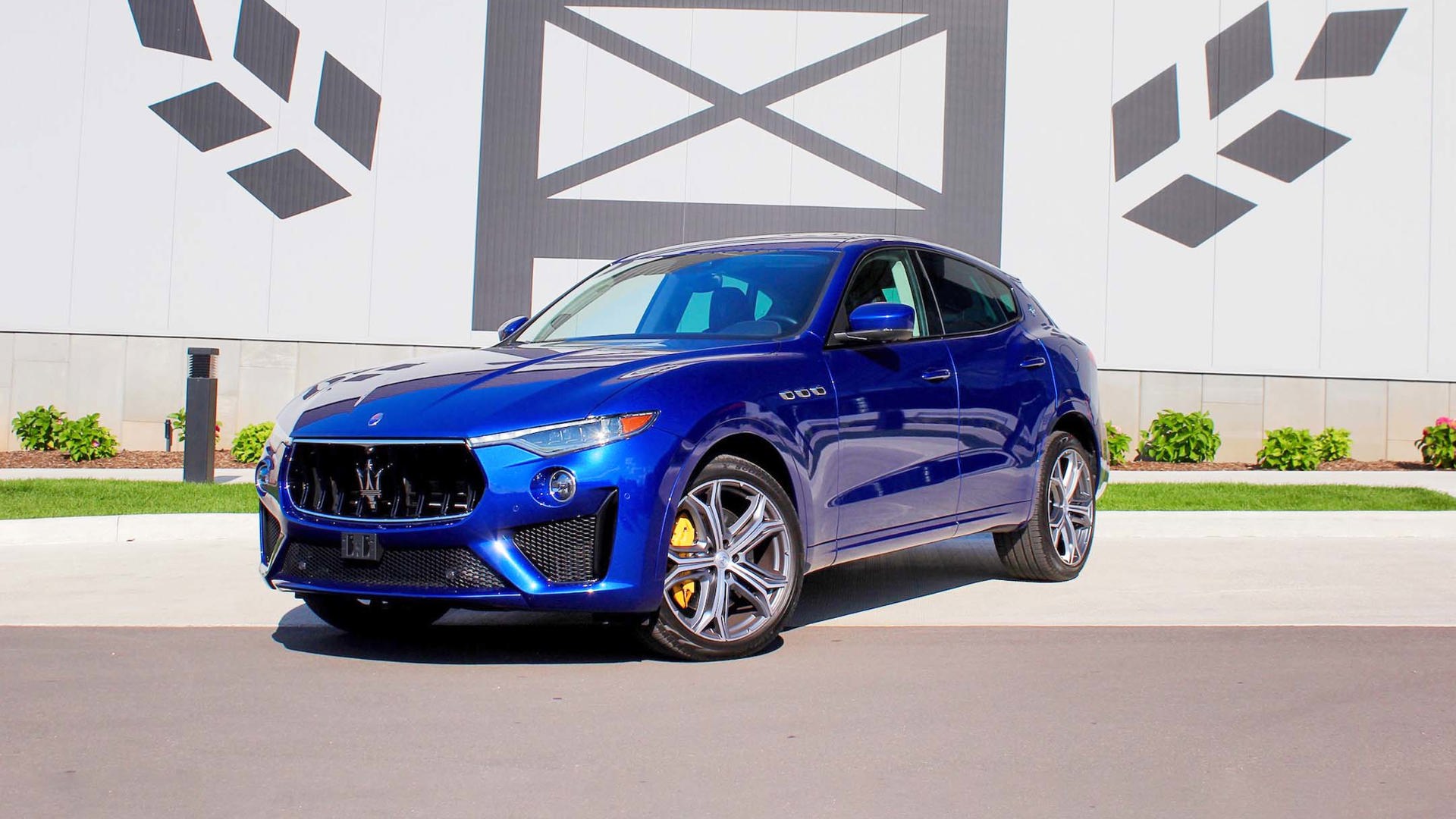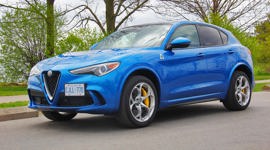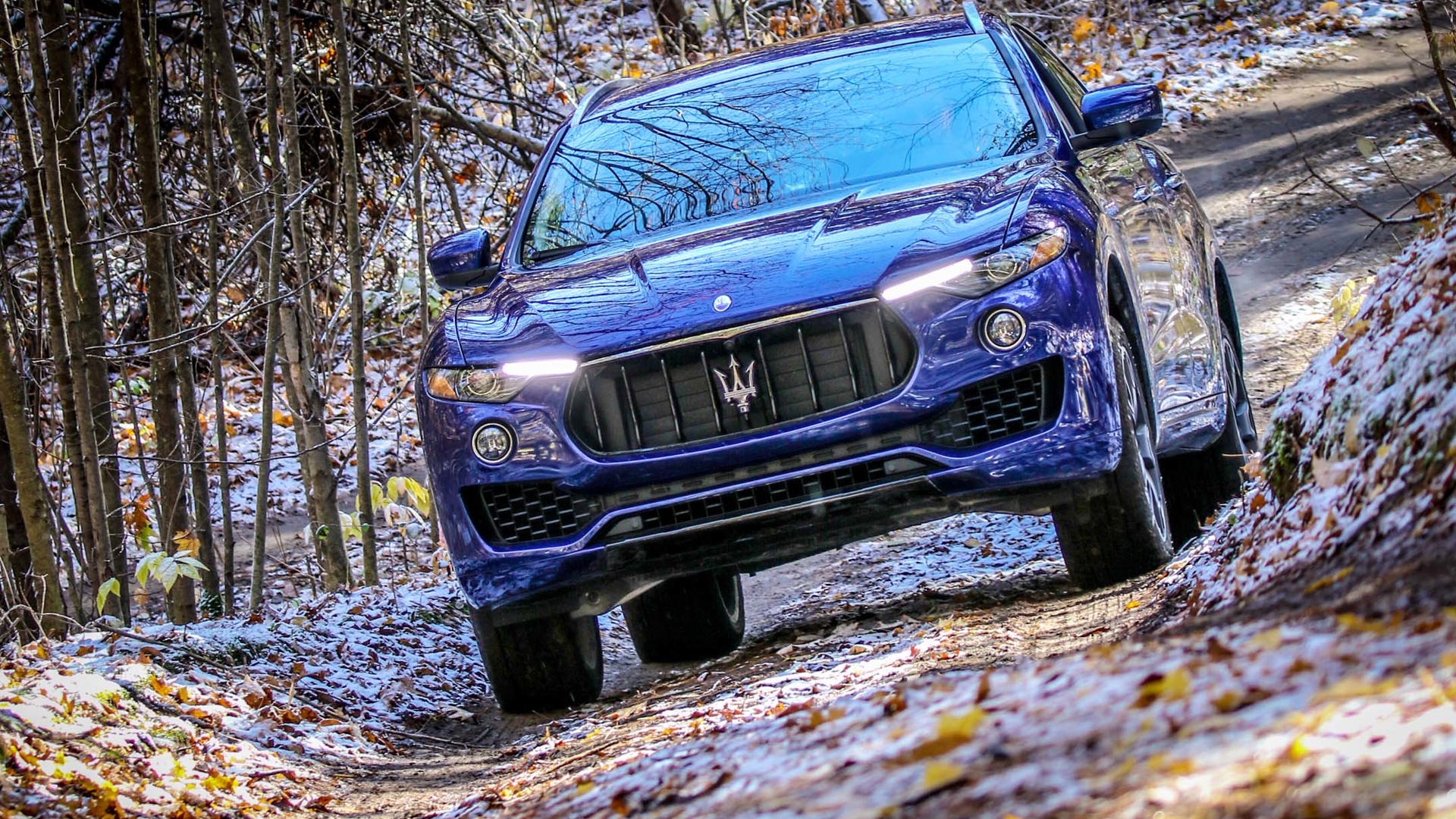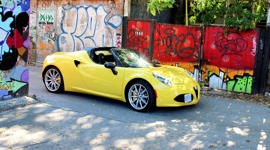Both Maserati and Alfa Romeo have been building passion-rich cars for over a century. Both brands have produced some truly legendary machines over the decades, and both have fallen from the public eye a time or two over their remarkable histories.
Both Alfa and Maserati maintain the mystique of an exotic brand amongst most Canadian motorists.
Lately, each of these premium marques have had a resurgence of sorts on this side of the Atlantic, thanks to the support of parent company FCA.
Of course, in looking at the sales figures, there wasn’t really anywhere to go but up. If you combined the sales of all Alfa and Maserati models in Canada during August 2016, for instance, you’d have a grand total of 29 units moved. That same year, competitive premium (but still niche) brand, Porsche, sold more than ten times more vehicles in Canada.
The past two years have seen a growing product lineup that includes the absolutely crucial premium sport utility segment with the Maserati Levante enabling Canadian sales to nearly double for 2017, and reach into four-digit figures.
Alfa Romeo growth is even more exciting, having expanded from just the tiny niche-market 4C sports car to the inclusion of the Giulia sedan, and now the Stelvio SUV, putting it on a trajectory to overshadow Maserati’s sales by a fair margin this year.
Despite these increases, both Alfa and Maserati maintain the mystique of an exotic brand amongst most Canadian motorists, and admittedly, with precious little seat time with either marque, it was a sentiment shared by many of the automotive media as well.
FCA sought to rectify that by inviting a large contingent of the North American automotive press to the M1 Concourse track in Pontiac, Michigan, where we were allowed to log some laps or street time, in each of the brands’ models.
While torrential rains certainly hampered the experience, it nevertheless proved to be a great opportunity to learn more about a pair of revered and storied automakers’ offerings.
Leading up to the event, I realized I couldn’t pinpoint why FCA would keep both brands alive aside from their historic significance and Italian pride. As far as I could surmise, both Maserati and Alfa Romeo were building vehicles intended to dole out luxurious accommodations, exciting performance, and of course, sensational style. In driving the cars and SUVs from each company, the brand positioning became very clear for both companies.
What follows are some driving impressions from my very brief time behind the wheel of each of the models as well as the highlights of what’s new for each model for 2019.
Maserati
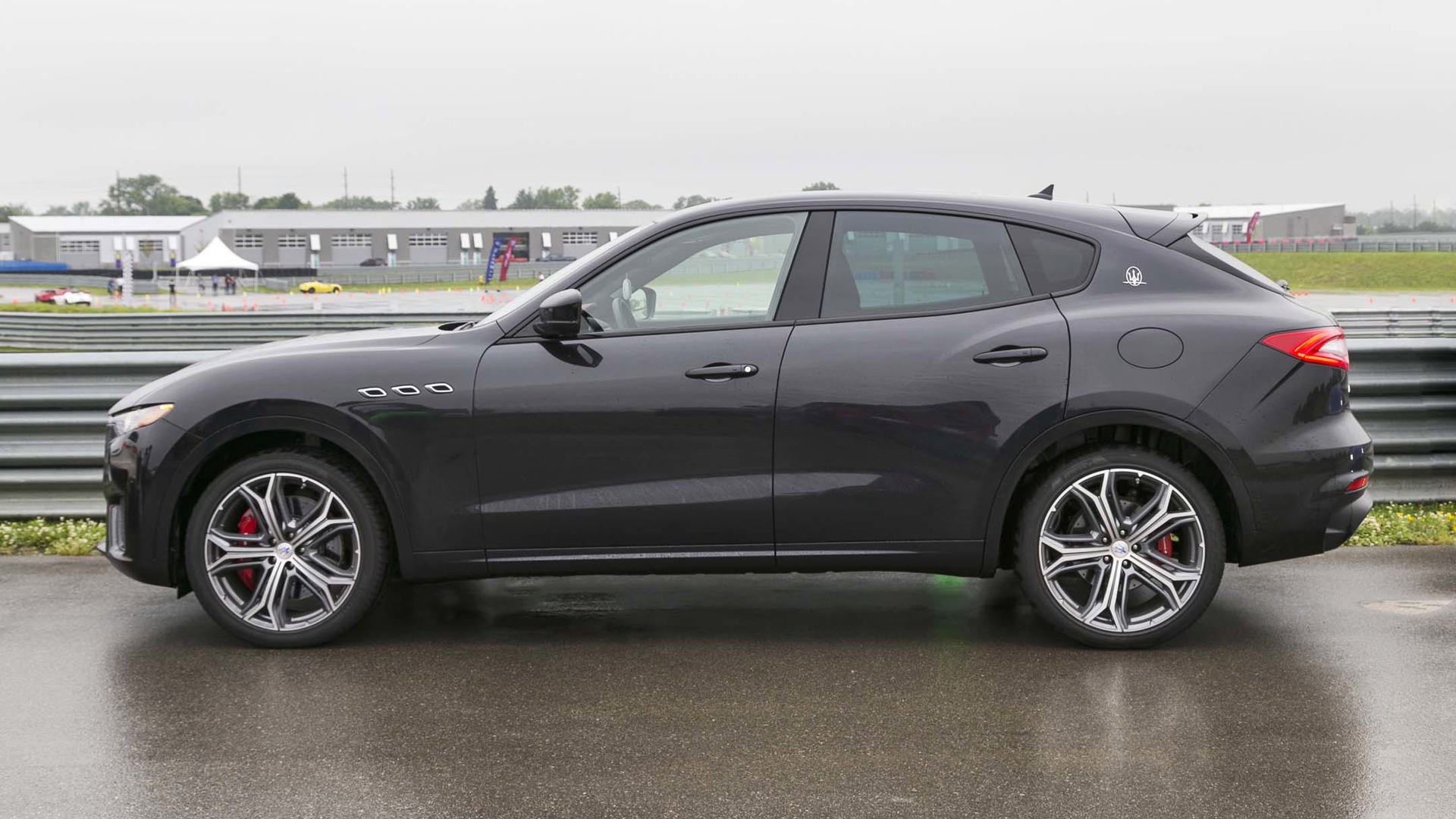
Maserati Levante

The Levante SUV can be considered an alternative to the Range Rover Sport or Porsche Cayenne. Its interior offers enough space to be a reasonably practical family machine, yet maintains a sporting air with well-bolstered seats and racy-looking trim. Maserati boasts that the Levante’s engines (a twin-turbo V6 and a twin-turbo V8, each available in two states of tune), are hand-built by Ferrari in Maranello.
I drove the all-new-for-2019 Levante GTS, a V8 model that slots just below the also-new Trofeo trim. While the Trofeo dispenses 590 horsepower, GTS drivers must make do with “only” 550 hp.
On the track, the Levante feels like a big and heavy SUV, but it is certainly never wanting for power, and the soundtrack is pure magic.
What’s New for the 2019 Levante
- Paint colour offerings
- New 20- and 21-inch wheel options
- Full-grain leather choices
- Exterior trim colour options
- Redesigned shift lever
- GTS trim with 550 hp V8
- Trofeo trim with 590 hp V8
- Updated infotainment system
- New multiple drive mode control
Maserati Ghibli
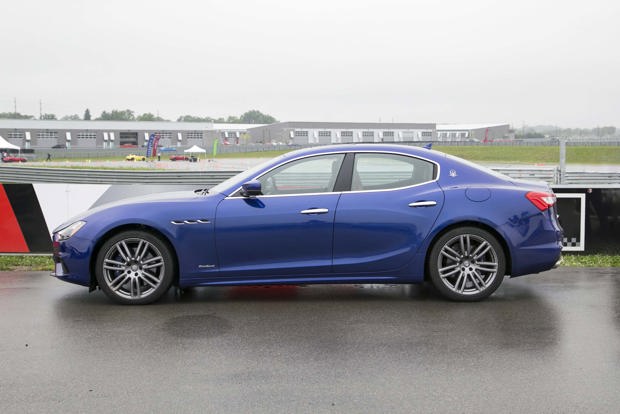
Like the Levante, the Ghibli mid-sized sedan is propelled by an engine hand-built by Ferrari. While sounding brilliant doing so, its twin-turbo V6 makes either 345 hp or 424 hp, depending on trim level – the latter being standard on everything but the base model.
In top-level GranSport trim, the Ghibli stands out for its aggressive styling, looking far more exotic than the typical German or even British competitors, particularly thanks to its angry visage. The interior is swathed in supple leather everywhere, but some of the ergonomics are questionable, and there’s an awful lot of familiarity to the Chrysler 300 switch gear, particularly with the infotainment system.
In fairness, my drive in the Ghibli was on the street during a particularly nasty downpour and in traffic, so pushing the car to any extent was not possible, but in this type of daily driving, the feel was far less sensational than the car’s exterior promise.
What’s New for the 2019 Ghibli
- Paint colour offerings
- Four new 20- and 21-inch wheel offerings
- Full-grain leather choices
- Redesigned shift lever
- Improved cup holders
- Updated infotainment system
- New interior trim options
Maserati Quattroporte
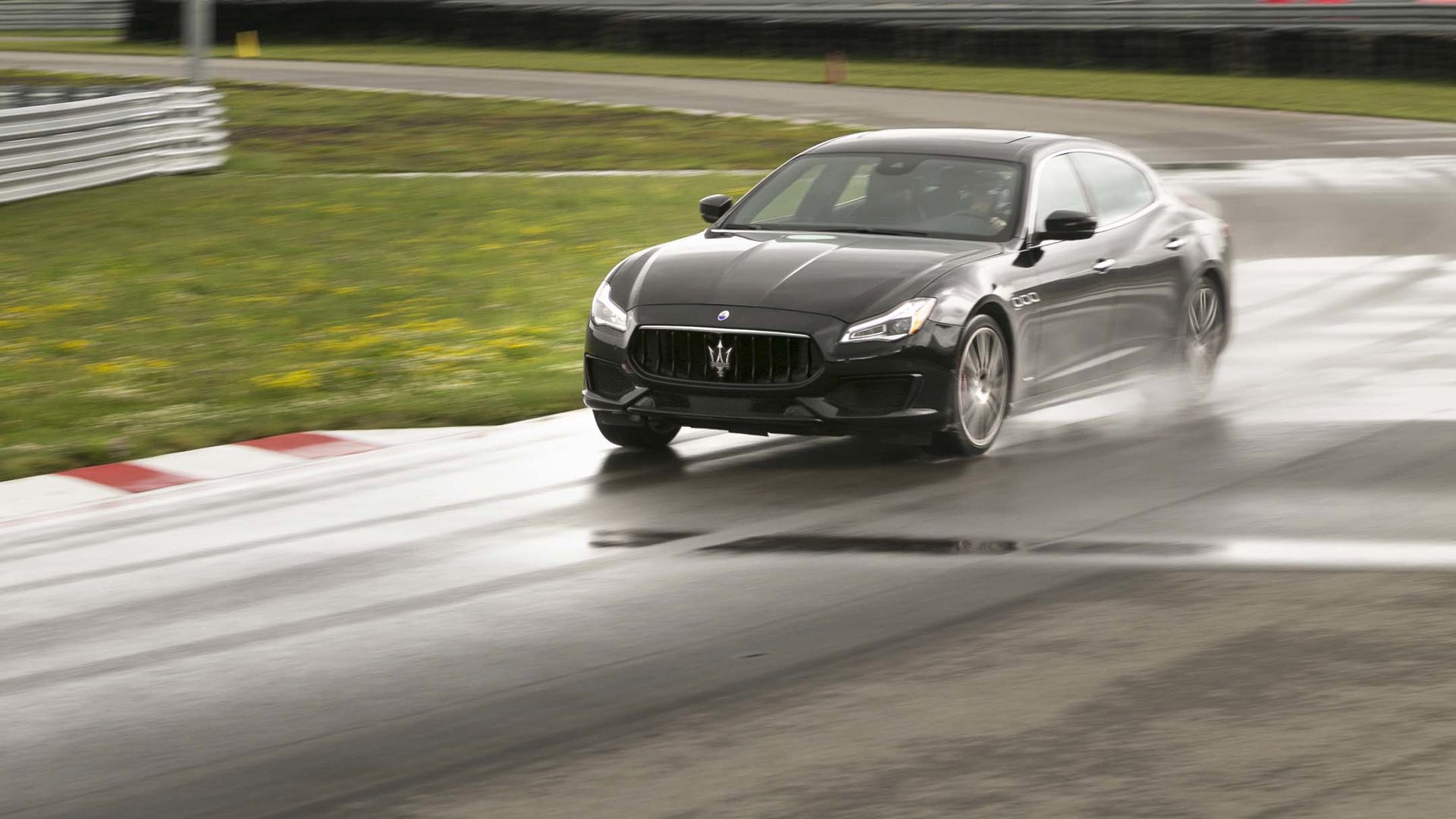
From afar, I’ve always admired the Quattroporte. It sounds brilliant (like the rest of the Maserati lineup), but, similar to Jaguar’s big XJ sedans, represents a far more passionate and fashion-forward alternative to the big German, Japanese, and American luxury sedan offerings.
There’s a beguiling sensuality to the exterior that carries over to the interior, finished in exquisite hides and trims throughout.
While the hand-built V6 (424 hp) and V8 (523 hp) offer ample thrust, the big Maser never felt truly happy being driven aggressively around a race track. Even with the adaptive suspension set to its firmest, the Quattroporte exhibited a fair amount of roll, reminding the driver that this is a car that puts style and luxury well ahead of performance.
What’s New for the 2019 Quattroporte
- Paint colour offerings
- Four new 20-inch wheel offerings
- Full-grain leather choices
- Redesigned shift lever
- Improved cupholders
- Updated infotainment system
- New interior trim options
- GTS-specific GranSport grille and side skirts
- Level II autonomy package available
Maserati GranTurismo Convertible
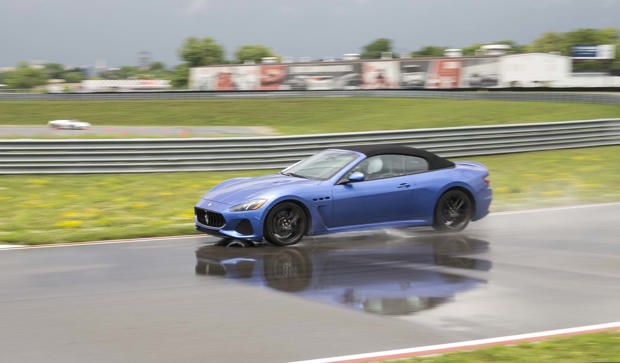
The GranTurismo Convertible is the most expensive offering in Maserati’s lineup. It’s also the oldest, with the Pininfarina design landing more than a decade ago at the Geneva Motor Show. Still, its styling has held up remarkably well and continues to be a stunning machine to behold from any angle.
With the only naturally aspirated engine in the Maserati lineup, it’s arguably the most melodic within a family of superstar singers. The Ferrari-built engine delivers 454 hp, which Maserati is quick to boast is more than a Porsche 911. However, on the track, the GranTurismo lives up to its name as a touring machine first and foremost versus the Stuttgart car’s racier prowess.
With more backseat space than a 911 (and certainly more than the two-seater Mercedes-Benz SL), the Maserati could actually be used to haul four real humans, unlike its competitors.
What’s New for the 2019 GranTurismo
- Carbon-fibre hood in body colour
Alfa Romeo
Alfa Romeo Stelvio
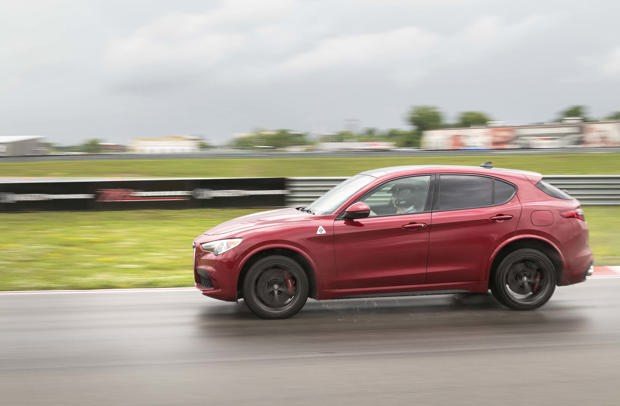
The Stelvio Quadrifoglio is the freshest offering in the Alfa Romeo lineup. It was also the first Alfa I climbed into during the test day, after the Maseratis. It immediately solidified the differences in personality between the two brands.
Where Maserati has made luxury paramount, Alfa Romeo’s focus seems to be on fun-to-drive performance. Before even firing up the 505 hp, 2.9L twin-turbo V6, the cockpit already speaks volumes about the vehicle’s performance orientation.
The seats are extensively bolstered to keep the driver planted even in very spirited driving. And within the first lap on the track, I was already convinced that this SUV was more alive and dynamic than the sportiest Maserati in its sportiest setting. A best-in-class 0–60 mph time of 3.6 seconds makes the Stelvio Quadrifoglio the quickest Alfa. This machine is properly scintillating on the track, and not just by SUV standards.
What’s New for the 2019 Stelvio Quadrifoglio
- Standard Anodized brake calipers
- Standard 20-inch five-hole wheels
- Standard Apple CarPlay and Android Auto on all Stelvios
- New paint and trim options available across the Stelvio line
Alfa Romeo Giulia
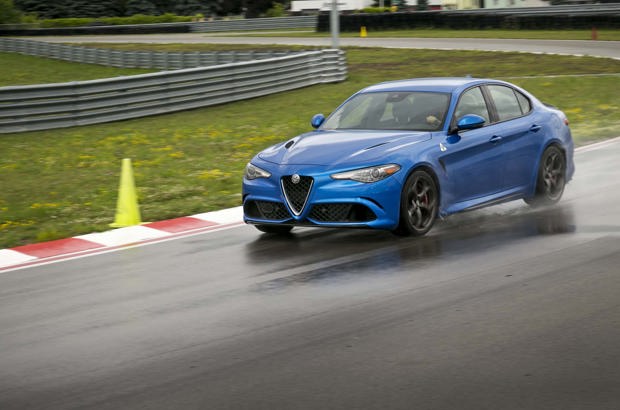
Having previously experienced the Giulia on the track, I knew that even the four-cylinder version is a legitimately fun driver’s car. I made a point of saving the monstrous Quadrifoglio version, with its 2.9L twin-turbo V6, for later in the day, when I’d amassed enough laps on the track to become more comfortable and familiar with it, enabling me to really focus on pressing the angry Alfa.
Of course, as luck had it, my turn came right after a nasty squall caused the track to collect some pooling water in places, making for a potentially dicey experience in the rear-wheel-drive sedan. But the Giulia Quadrifoglio’s steering is so precise and offers so much feedback (and the brakes are so good), that even the less-than-stellar track conditions the car is incredibly fun and capable. What a car!
Enthusiasts may approach the Giulia Quadrifoglio cautiously after widespread accounts of 2018 models going into limp mode when pressed on the track by automotive media. During our track day, the three Giulia Quadrifoglios on offer were in constant, regular lap duty without protest. When asked about the earlier cars’ problems, I was assured the limited examples of that happening were with pre- or very early production cars.
What’s New for the 2019 Giulia Quadrifoglio
- Standard anodized brake calipers
- 19-inch wheels available on Giulia, Giulia Sport, and Ti editions
- Heated rear seats now optional
- Package options that can specify either carbon or blacked-out trim
Alfa Romeo 4C Spider
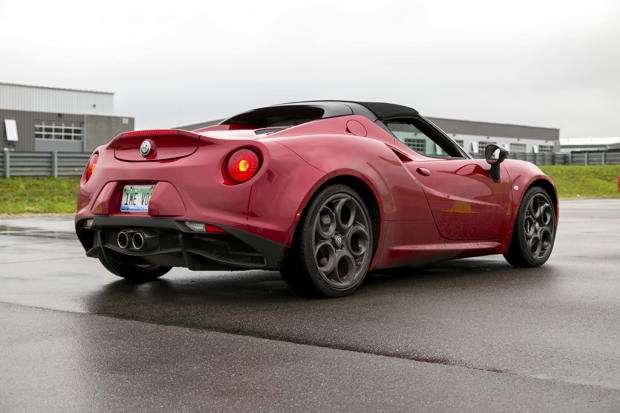
There are very few machines that can offer so much of the thrill and exhilaration of riding a sport bike, but the Alfa Romeo 4C Spider could almost make me give up my beloved two-wheeled affair.
No other new car comes to mind that is as visceral as the 4C. It challenges the driver, asking a lot in compromise, not the least of which comes from the aural assault its optional Akropovic exhaust provides. The 4C is difficult to get in and out of, and isn’t overly luxurious, or even all that comfortable.
What’s more, its twin-clutch automatic six-speed is cranky at slow speeds and its tiny 1.8L four-cylinder is hobbled by turbo lag; but with only 2,487 lb to motivate, this flyweight roadster is sensationally fun to manhandle, especially on a tight road course or autocross like we experienced.
Throw in a truly exotic carbon-fibre monocoque chassis and sassy Italian styling, and this hand-built funster is unlike anything else for sale in Canada.
What’s New for the 2019 4C Spider
- Standard back-up camera
- Standard rear parking sensors
- Standard cruise control
- Sport-tuned suspension available as a standalone option

